Ruben Amorim’s Manchester United Blueprint
In a swift and decisive move, INEOS have appointed Rúben Amorim as the new manager of Manchester United, just days after parting ways with Erik ten Hag. The deal saw Amorim take over as head coach from November 8, 2024.
At just 39 years old, Amorim’s rapid rise in European football has been nothing short of remarkable, winning multiple trophies in his first few years in charge, including two Liga Portugal titles, and earning a reputation as one of the brightest tactical minds in the game.
Amorim’s appointment seems to align with Manchester United’s need for a clear, modern playing philosophy—one that emphasizes high-intensity transitions, structured possession, and tactical flexibility. His ability to integrate young players, his emphasis on defensive stability, and his innovative approach in possession make him a compelling choice to guide United back to the top.
This article will cover the following:
- Amorim’s tactical philosophy: Analyzing his principles and key patterns.
- Manchester United squad planner: A breakdown of each role in the starting XI and how the current squad fits Amorim’s system.
- Squad overview summary: A visual formation of the pecking order for each role
- Potential transfers: Predicting key departures and incoming targets to improve the squad.
Amorim’s Tactical Philosophy
Rúben Amorim’s tactical philosophy centers around a dynamic 3-4-3 that mixes fluid build-up play in deeper phases to create space behind the opponent and vertical play in latter phases to attack those spaces. His teams are built on a strong defensive foundation, allowing them to quickly transition into attack through well-structured, possession-based patterns.
(Ignore the roles for now. We’ll discuss them in detail later. For now, just focus on the positions and shapes)
I’ll be using the above notations to describe each position. I think it’s a good assumption that Amorim will continue his 3-4-3 considering that’s what he’s played all his career so far and his recent comments about doing what he knows, but there are variations to the roles I will cover later.
GK: Goalkeeper
CCB: Central center-back
WCB/RCB/LCB: Wide/Right/Left center-back
RWB/LWB: Right/Left Wingback
CM: Central Midfielder
RAM/LAM: Right/Left Attacking Midfielder
CF: Center Forward
I’ll be using short forms for the positions in this piece.
In possession
Depending on the nature and strength of the opponent, the amount of build up and directness varies. For eg. in the recent 4-1 win against Man City, Sporting had <30% possession and were far more reliant on transitions and nailing the timing and precision of those opportune moments. But against Casa Pia (Amorim’s former club) Sporting had 81% possession and had to be far more patient and invest in multiple rotations and long possession sequences to generate space and attack. The good news is that they managed both games well.
Amorim’s Sporting do have some issues in controlling games vs big teams or opponents that press intensely or man-to-man. Their Europa League games against Atalanta in March 2024 are a reference. In such games, Sporting start going long to their front 3 and rely on their physicality or hold up to make moves stick – something which might not be often possible versus better defenders. But in Amorim’s own words after the Man City game, he seems to want to control and dominate games more as Manchester United manager. Good signs!
Also, Sporting’s aggressive nature in the attacking phase in a bid to form a 3-1-6 also leaves them a little vulnerable at the back in case the opponent wins the ball and transitions immediately. Sporting usually manage such situations by placing faith in the 4 deeper men to either win their duels or delay the opponents enough until Sporting’s hardworking attackers recover. It remains to be seen how that risk-reward ratio pans out in a more testing league like the Premier League.
Out of possession
Without the ball, Amorim’s teams are a bit more consistent regardless of opposition. They set up largely in a mid block characterized by a passive high press and a high defensive line (in terms of starting positions at least). While there are timely aggressive rushes from the front 3, these are more to bait the opponent into going wide rather than wanting to suffocate build up in the opponent’s third itself. When the opponent takes this bait and goes to their wide player (usually fullback), that’s when Sporting try to trap them using the sides of the pitch and Sporting’s wide men.
While this sounds good in theory and works often too, there are games where an opponent has the quality to either play through the center due to Sporting’s passive high press or go wide and then switch to access the space Sporting just vacated in their bid to trap wide. These situations often end up giving opponents access to vacant spaces in the middle of the park from where they can attack Sporting’s back 3 directly, at which point we see the back line dropping in order to buy time for their midfielders and wingbacks to recover.
While Amorim’s teams are known for disciplined mid-block setups out of possession, their structured, progressive build-up play is equally integral to his philosophy.
Build-up patterns
Amorim’s teams are known for their structured build-up from the back, primarily through short passing and quick ball circulation. They have a few patterns that are repeated often. Let’s go through them.
- CCB in pivot: One regular pattern features Sporting’s goalkeeper acting as a CB between the spread out wide CBs. The actual CCB steps up to join one of the deeper CMs in the pivot, while the WBs remain wide in the second line for support. The advanced CM and one AM occupy the half spaces, enabling 2 central forwards ahead of them. This pattern gives Sporting many options to build up, ranging from accessing the 4 central players, going wide to a WB or going long to the 2 attackers who can then play off each other.
- WCB wide: In this variation, the shape remains the same, but the rotation in which they achieve it is slightly different. One of the wide CBs advances on the flank to take up a WB position while the WB on that side inverts into the pivot. The CCB forms the first line with the other WCB. This is often done when Sporting have a more conservative CCB but a more aggressive WCB.
- CCB in DM triangle: A final variation comes in the form of committing an extra player in build up. This is often seen in big games when Sporting feel they need 7 players in their third. The CCB advanced into midfield but has close support of both CMs. The front 3 occupy their usual positions with the AMs in the half-spaces.
This is an example of a typical Sporting progression. One of the AMs is usually a bit more inclined to drop to help build up. In my diagram and in this example, it’s the RAM. His drop to receive and turn lets the same side WB run wide. The CF also drops to receive knowing that the RCM is in pole position to play the WB through. Sporting keep finding such ways to create space for a player to run into and work the ball to a forward-facing teammate who can play that player in space. This is what I would call the consistent intent of their build up play.
Once Amorim’s teams have established control through build-up, they adopt a more aggressive approach in the attacking phase to maximize space and dismantle defensive lines.
Attacking patterns
Things get dynamic and direct in the attacking phase. Once Sporting have played through their opponent’s high press or advanced into their half due to the opponent not pressing much, they start taking very aggressive shapes to destabilize the enemy. The WBs provide the width and park high while Sporting also commit one of the CMs as a “third #10” to support the front 3, forming an aggressive attacking 6.
In this pattern, the Sporting LCM has advanced to carry the ball into the left half-space where the LAM is usually parked. This move lets the LAM run into the box to form a front 2 with the CF. The duo attack the near and far post in tandem as the ball is played wide and the LWB crosses.
While the WBs and the back 3-1 are largely positionally static in their roles to spread the pitch and form the rest defence respectively, it’s the central attacking 4 that operate very fluidly. They showcase many rotations to drag out the opponent markers and create space for a teammate to attack. What can often be seen is a diamond shape for this central 4 with the pseudo-#10 supporting the half-space #10s and the CF.
But this often changes to a box 4 as Sporting move the ball. The two width holders spread the opponent defence helping these 4 central attackers who are constantly rotating without any clear patterns, to pull opponent defenders around and create space. This space is then attacked by one of the strikers to generate a clear chance. Depending on where the space is created, the final ball can either be a cross from a WB, a reverse pass from a half-space player or a through ball from a deeper player. The way in which Sporting score is consistent, but their ability to generate those situations repeatedly is what makes them potent.
Here’s an example of that fluid front 4 in action. You can see that in the moment the ball has rotated between their LWB, DM and LCB, the front 4 have exchanged positions and created a free player that the opponent could not follow. The player who receives can turn and play another attacker in space or go wide to the opposite side WB who is free.
I hope the above has given you a good idea of Sporting’s general tenets of play. Let’s get into understanding each position and start making some Manchester United player fit predictions.
Amorim’s Manchester United: Squad planner
GK: Ball playing GK
Role in possession:
- Steps up as CCB to form a back 3 during deep build up
- Initially utilizes short passes to bait the opponent press
- Later utilizes medium/long passes to find midfielders/attackers depending on where the space is
- Requires flexibility and range of passing from short to long
- Mix of passes depends on opponent difficulty and gamestate
The above is an example of how the Sporting GK picks out a pivot player (in this case, the CCB who has advanced) with a crisp grounded pass because their other defenders have done the work of spreading the opponent’s press and creating that gap.
Let’s get into the Manchester United players who fit the role best.
GK Predicted Manchester United pecking order:
- Andre Onana
- Altay Bayındır
I feel that Onana is a great fit for this role and a direct correlation can be made with his role at Inter Milan where he played in a similar system, not only in terms of the back 3 formation but also the build up intent of baiting with short passes and then going medium or long. You can find my detailed analysis of his Inter Milan role here. I expect him to hit similar levels under Amorim.
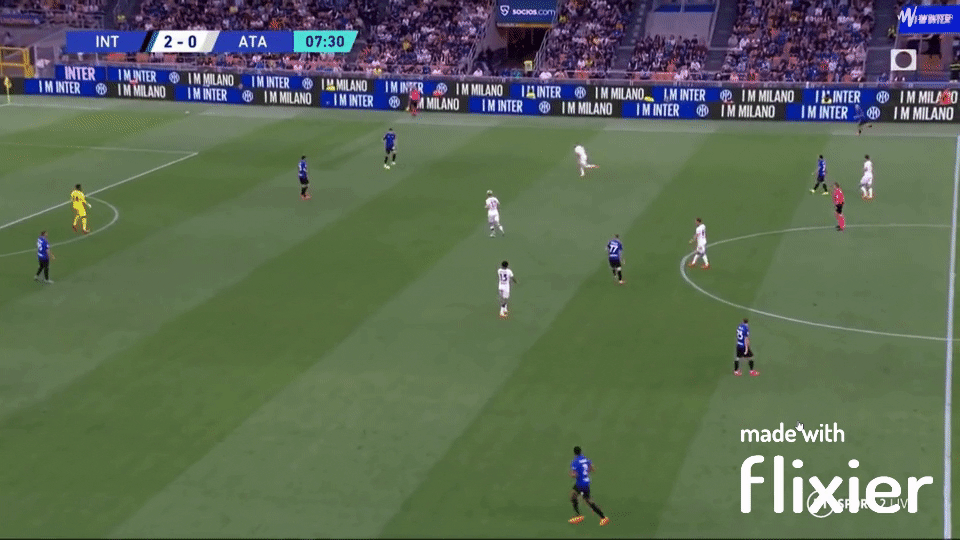
CCB: Organizer
Role in possession:
- In build up, either takes up a midfield position (in a mid 3 or mid 2) or moves wide of the GK to form the first line of play
- In the former movement, he often has to receive back to goal. He either executes a simple wall pass with the Wide CB or WB to get them facing forward and play out (frequent) or can receive, turn and carry into space himself if not under pressure (rare)
- When in the first line, either in deep build up or latter in attacking phase, he often showcases a good range of passing, dovetailing between short recycling passes with the CBs or deeper CM, wide switches to the WBs or direct long balls to the central 4
- He can be if required, but is often not as passive a passer as many traditional CCBs in a back 3.
- While his carrying is more limited, his passing can feature multiple line-breakers or long balls, especially when the team needs to break down a stubborn block
An example of the CCB picking out the LWB in space, who can now cross to the players attacking the box. The CCB often indulges in such direct plays especially when the team is parked in the opponent’s half. One can say that his passing directness ranges from very cautious when deep in his half to very aggressive when high in the opponent’s half.
CCB predicted Manchester United pecking order:
- Lisandro Martinez
- Harry Maguire
- Casemiro
- Mathijs De Ligt
- Leny Yoro
Lisandro Martinez: Perhaps this will be considered as my first hot take in this article. I feel like Lisandro embodies all the qualities required of the CCB in possession and displays the entire range of technicality from being good back-to-goal when stepping into midfield to being able to retain possession with short crisp passes in build up to executing medium and long range passes that help break down the opponent block when attacking higher. Out of possession too, I see advantages in his channel defending weakness being nullified while his ability when high up the pitch to man-mark, press and step into midfield to shut out transitions also make him a good fit. The slight con is the aerial gap when defending deep, but if those moments are rare, then he could be a killer CCB for Amorim.
I had written here about how to get the best out of Lisandro and it featured him playing a hybrid CB-DM role. Amorim’s system comes close to that with the CCB.
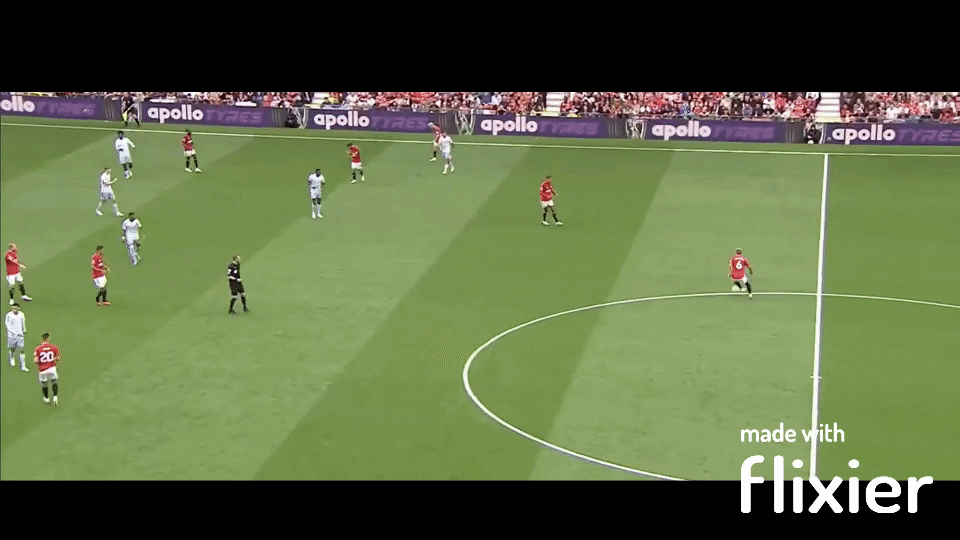
Harry Maguire: The ex-captain is another player who’s passing range suits the role to a T, while the aforementioned gaps of defending deep and relying on aerial prowess are also not issues. The only con here is his difficulty in playing back-to-goal in build up, but if those rotations are reduced when Maguire plays CCB (he could do the wide rotation to RCB/LCB instead) then he ticks the other boxes for this role.
Casemiro: The veteran Brazilian is another shout I have for CCB. Casemiro not being press-resistant means that his usage outside the opponent press is preferred. I have written in detail about his limitations in possession here. This problem can be solved by pushing him higher in build up (like his peak Real Madrid days) but I think a better solution for his current profile is to have him stationed deep and central instead, from where his long passing can be utilized well. Casemiro’s passing progression has really come to the fore recently even as his physical traits have declined and I think a conversion to CCB could be a smart way to prolong his value.
Mathijs de Ligt: I’m guessing that De Ligt is the popular choice for the CCB role for many, but I see a worse fit compared to the 3 above. While he does have good box defending qualities, if Amorim wants to move to a playstyle where we dominate the ball and attempt to keep a consistent high line, I feel De Ligt’s gaps in progression and high line defending will be exposed a lot more. I think he’s a great CCB option if we are defending deeper (maybe big games or initial days until Amorim settles) but I don’t see him as a great fit long-term.
I wrote about de Ligt’s pros and cons here and so far his Man Utd stint has confirmed both.
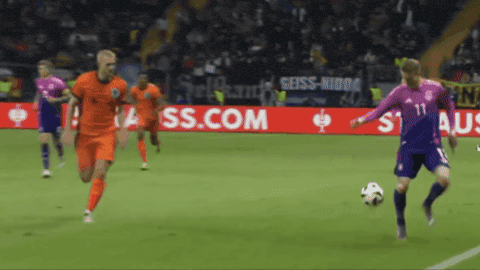
Leny Yoro: Yoro would be my last choice for this role simply because I think he still lacks the physical (upper body strength, body control) and mental (line organizing, positioning) traits to excel at CCB. For now, at least.
WCB: Wide progressor
Role in possession:
- In build up, can take a variety of positions (RCB, RWB, pivot) depending on teammates and opponent
- Highly progressive from the back, both in terms of carrying and passing
- While they should be able to progress centrally, the majority of progression is in wide areas to support the team’s intent to build around the opponent block
- This means lot of crisp passes to same side WB, longer passes to same side AM and the occasional switch to other side WCB/WB
- Crossing ability when they find themselves in wide positions in the attacking phase when the opponent is sitting deep, is a bonus
Now, even with all of the above being true, there are 2 ways in which the WCB is deployed – regular and inverted.
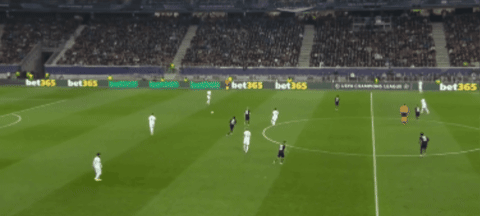
This is the standard WCB – same side, same foot. The example above is of left-footer Goncalo Inacio playing LCB and finding the LWB with a grounded medium pass, who in turn plays the LAM first-time, creating the wide triangle Sporting often use to progress along the flank.
While Erik Ten Hag might have had a very strong insistence on using same side same foot players in build up (the reason Harry Maguire never featured at LCB under ten Hag), Amorim has no such rules. He often deploys his WCBs and WBs in inverted fashion to enable unique progression angles and destabilize the opponent.

The above example shows Diomande starting at LCB and progressing down his flank to find the LWB. In many ways, the intent is similar to Inacio’s in the previous example. But the right foot opens up unique gaps between the opponent’s formation.
LCB predicted Manchester United pecking order:
- Luke Shaw
- Lisandro Martinez
- Harry Maguire
- Leny Yoro
- Victor Lindelof
Luke Shaw: I think Shaw is a great fit for LCB and ticks almost every box (except fitness). He has the progression, close control, drive in wide areas and channel defending to pull off the perfect LCB. I think his defending is underrated and he’s shown impressive displays at LCB in a back 4 before, which makes me feel LCB in a back 5 should be easier. He also put up his best availability numbers in his career the season he played at CB more in 22/23. Keeping him away from a more physically demanding LWB role and playing him as LCB might be a good way to prolong his career.
Lisandro Martinez: Licha is the next best option and ticks every box except the channel defending one. I’m still hesitant to see him defending pacey wingers 1v1 on the flanks, but his recent fullback performances prove it may not be as big an issue as I fear, so I think he makes the top choice for LCB when Shaw isn’t fit.
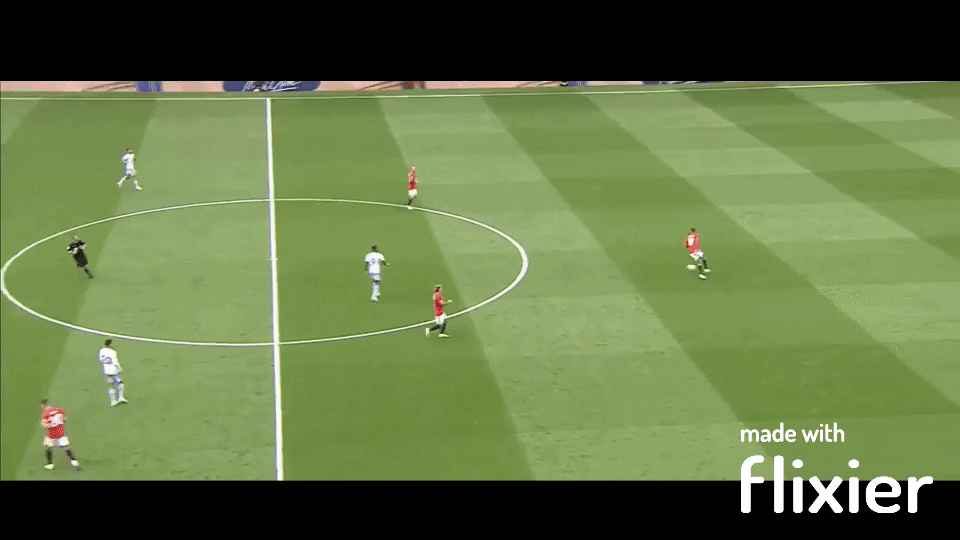
Harry Maguire: Maguire would be the biggest beneficiary of an inverted WCB role. This would be the closest he comes to his LCB role under Ole, which was a lot more advanced and wide thanks to Shaw overlapping aggressively on the left flank at the time. Maguire boasted excellent progression numbers in that period and handled channel defending and stopper play with class. I would be very excited to see Maguire LCB and Lisandro CCB in an Amorim back 3, regardless of how much more “normal” the reverse sounds.
Yoro and Lindelof also have small chances to feature as inverted LCBs
RCB predicted Manchester United pecking order:
- Leny Yoro
- Victor Lindelof
- Harry Maguire
- Mathijs de Ligt
- Casemiro
Leny Yoro: I think Yoro is a good fit for the wide role on the right. His progression in terms of both carrying and passing is good and his long legs and lanky frame mean that he can cover wide areas quickly. There are gaps in terms of channel defending from a duelling standpoint, but if these instances are limited, the upside is high. I wrote about his pros and cons here and I think a lot of those pros correlate to a progressive RCB role in Amorim’s system.
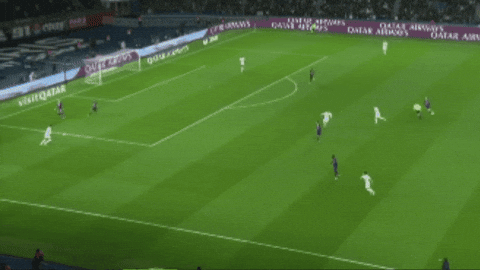
Victor Lindelof: I know Lindelof was on the transfer list last summer and has stagnated in general in recent years, but If there is a revival on the cards for him, Amorim’s RCB role could be a path back. Under Ole, Lindelof has shown good potential to progress from a RCB role and has some angular wide passes and long balls from that side. He’s also fairly agile and quick to cover channels in time. Given our need for good CB depth, he might find himself at the club for a while and this could be his chance to impress.
Harry Maguire: I think Maguire suffers a slight dip in progression on the right side, but much of the rest of the pros for a wide CB role continue at RCB.
While De Ligt and Casemiro are better fits for the CCB role, De Ligt’s duelling and Casemiro’s progression mean RCB could also be one option for them.
WB: Wide attacker
Role in possession:
- In build up, either takes up a wide FB-ish role (usual) or inverts into pivot and allows WCB to go wide instead (rare)
- Keeps it simple in build up, either circulating possession back to CB or finding a quick pass to the same side AM or CM to progress. Doesn’t attempt ambitious carry/pass
- Post build up, advances into opponent half as primary width holder and occupies the flank usually on the outside the opponent’s wide defender
- This either stretches the backline, creating central gaps in the opponent block or allows the WB to receive in space if opponent backline remains compact
- Executes direct actions upon receiving in opponent’s half – usually quick dribble and cross
- Direction of the dribble depends. If same side same foot WB, then dribble to the byline and cross. If inverted WB, then cut inside and cross
- Often prefers quick low drilled crosses to hit the space behind opponent backline rather than slow floated ones
- If possession is on the opposite side, the WB aggressively attacks the far post. The WB often gets into good areas to finish from a cross or cutback by the opposite WB or AM
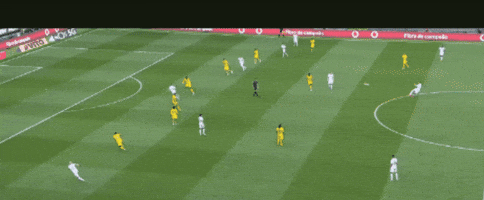
Nuno Santos at LWB has been consistent and effective for Amorim recently and his general gameplay is a good indicator of the expectations of a same-side same-foot WB in this system. What’s key is the speed and directness of the actions. The WB is rarely seen making conservative or long-sequence plays in the opponent half. Most moves are like the above – attacking the space behind the backline within 1 or 2 touches of the ball. Or sneaking up behind the opponent fullback to get at the end of the crosses if play is on the other side.
He had 4 goals and 10 assists in 28 starts last year – imagine!
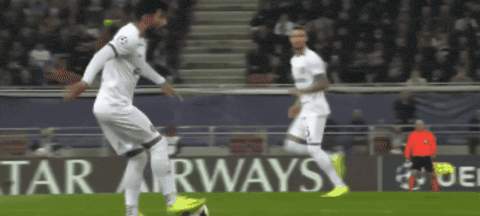
It gets a lot more interesting when an inverted WB is deployed. There is carrying and holding on to the ball, since the idea is to use the disruptive movement of another inverted attacker on the same side. Often, both the AM and WB are inverted and cut in from various angles (deeper and wider for WB, narrow and higher for AM) which creates havoc for the defence in terms of marking duties. The above example shows how Catamo’s run destabilizes the opponent block and the same side AM drifts wide to pull free.
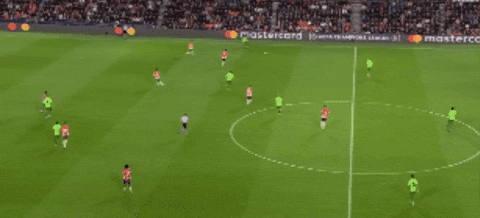
But the overall intention of directness still remains similar. As seen in the above example, the need is still strong vertical carrying ability at speed to reach the byline or box and play dangerous passes into the box. The 1v1 ability, speed of actions and ability to carry vertically quickly remain key for this role.
This season, Geovany Quenda (a natural RW) is playing RWB for Sporting often and is currently 99 percentile for progressive carries and progressive passes received. Combined, that says a lot about how often he is able to receive in space in wide areas and then cut in aggressively to reach the final 3rd from a deep start.
LWB predicted Manchester United pecking order:
- Luke Shaw
- Diogo Dalot
- Alejandro Garnacho
- Harry Amass
- Noussair Mazraoui
Luke Shaw: While I prefer Shaw to play at LCB to extend his career, it has to be said that if he’s fit and firing, there is no better option than him for LWB in our squad. One only needs to imagine his performances under LVG, Jose and Ole to know how good of a wide overlapping creator he can be.
Diogo Dalot: Dalot gets the nod next for me. He’s shown great ability to invert from LB and arguably looks better there at times. His nice mix of carrying and passing could enable a double threat that can either dribble inside and disrupt the opponent or find the front 3 with an angled pass.
Alejandro Garnacho: My hot take for this section comes in the form of Garnacho. I think he has a very good suitability in terms of the type of dribbling he excels at – quick vertical progressive dribbling usually from the halfway line to the edge of the box. I wrote about that trait extensively here. That single action, if repeated consistently to catch the opponent by surprise, could be very effective from LWB. In general, Garnacho’s movement and dribbling to get into good areas speedily from deeper areas of the pitch is a good fit for this role. The LWB’s defensive demands are also more heavy on workrate and positioning to recover or close down markers repeatedly, rather than actual defensive engagement (tackles, duels etc).
Harry Amass: Amorim is a big believer of youth and I think in Harry Amass, he could find a natural successor to the LWB role who offers a better fit than the above two options (from the little I’ve seen of Amass). The only reason Amass is lower in the order is because he’s 17 and needs time and development to feature consistently.
RWB predicted Manchester United pecking order:
- Diogo Dalot
- Noussair Mazraoui
- Alejandro Garnacho
- Antony
- Amad Diallo Traore
Dalot and Mazraoui: On both sides I’ve picked Dalot over Mazraoui simply because of the verticality and intensity that the role requires. Mazraoui is a better playmaker and technician and more press-resistant and tempo-controlling than Dalot, but for the WB slots those traits are less important compared to straight-line speed, energy, agility and vertical carrying ability – which Dalot has more of.
Alejandro Garnacho: Garnacho features here since my take on why he should play more RW lends itself somewhat to why he can play RWB. I’d still rate this slightly lower than him at LWB.
While I have picked Antony and Amad as the next options, I doubt we see them at RWB. I doubt we’ll see Antony anywhere at all, and for Amad, I think there are better fit roles elsewhere in the XI. Their presence is more an indictment of our lack of WB options than anything else.
CM: Holding CM
Role in possession:
- I’m calling the deeper partner among the pivot CMs as the holding CM
- In build up, usually forms the pivot along with any of the CCB, WB, WCB or advanced CM and at times could form a midfield 3 with 2 of those players if support is needed deeper
- Keeps it simple in build up. When receiving back to goal, the holding CM mostly plays a quick wall pass or side pass to a player who is forward-facing
- On rare occasions, if not under pressure, can turn and progress himself
- In the middle third phase, he can get back the ball after circulation in a forward-facing capacity and often plays a quick game-advancing pass to a WB or front 3
- In the final phase, this player usually holds his position in a disciplined manner ahead of the back 3, with the aim to form the rest defence in case possession is lost by his team
This role has been played by Palhinha, Ugarte and Hjulmand – all of whom have amassed great fame across Europe and either got big team moves or been linked to many in Hjulmand’s case. That says everything about the importance of the role. Depending on which player takes up the role, there are variations in terms of actions. Ugarte relied more on his press-resistant carrying while Hjulmand utilizes his passing range more. Palhinha gave more defensive output instead.
I wrote about Hjulmand recently as a part of my midfield rebuild series here.

Holding CM predicted Manchester United pecking order:
- Manuel Ugarte
- Casemiro
- Kobbie Mainoo
- Toby Collyer
- Christian Eriksen
Ugarte and Casemiro: The natural DMs of the squad are the best fit for this role, so it’s no surprise to say that Ugarte and Casemiro should be the most relied on players here. Like I said above, I expect Casemiro to take on more a Hjulmand-ish variation, relying on his passing range and keeping it simpler when back-to-goal, while Ugarte could mirror his Sporting days with a bit more carrying before passing.
I’ve written about what Ugarte brings to the table in possession here.
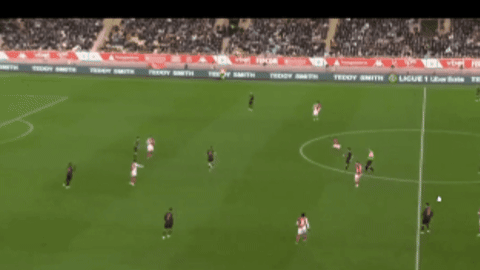
The other 3 options are better suited elsewhere but among them, Mainoo has shown comparatively better traits of defensive positioning and engagement although his physical limits of the role are clear. Collyer is also someone who could grow into this role, while Eriksen could be a last–ditch option.
CM: Advancing CM
Role in possession:
- I’m calling the more adventurous partner among the pivot CMs as the advancing CM
- As early as the build up phase, he advances into a half-space to let the same side AM form a front 2 with the CF
- Rarely drops to form the pivot or midfield 3. Reserves that only for cases when 7 players are needed in build up
- Goes to show how aggressive this role is. Usually comes alive in the 2nd phase after successful build up and immediately starts attempting ambitious passes to the front 3 or WBs
- In the attacking phase, forms the front 6 as the “third AM” either between the other 2 AMs or in the half-space close to him
- Essentially, one can think of this role as an AM who can also defend in the pivot, rather than a CM who can also attack
The formation tag of CM doesn’t do justice to the amount of aggression and attack-mindedness this role brings to the XI. Amorim has played natural AMs like Pedro Goncalves in this role multiple times, which highlights how he sees the advanced CM. With low build up duties and more game-advancing duties, a player with a natural flair to receive in high areas, find the front 5 quickly and attack the half-space or zone 14 himself, would fit well
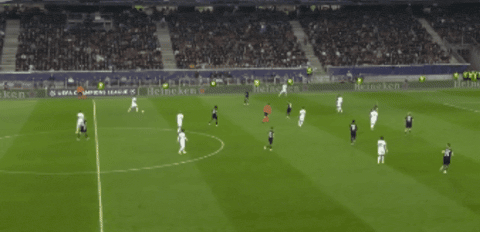
The current occupant of this role is Daniel Braganca. You can see in the above example the high position he has taken, how he works the ball quickly to the LAM and receives in return and then is in pole position to play the final ball through to the CF. The advanced CM often finds himself in such playmaker positions very close to the narrow front 3.
Braganca has already got 4 goals and 4 assists in 8 starts this year while playing this role exclusively – imagine!
Advancing CM predicted Manchester United pecking order:
- Kobbie Mainoo
- Bruno Fernandes
- Christian Eriksen
- Mason Mount
- Toby Collyer
Kobbie Mainoo: Mainoo is a great fit for this role. I feel we haven’t seen his best yet since he’s either been deployed too deep as a DM or too high as a CM parked in the half-spaces from the start. An in-between of a linker who finds space in the crowded midfield, can receive and carry and find the front 5 consistently and then support the attack like an AM, is his ideal calling. Amorim’s advanced CM role gives him that exact profile.
Bruno Fernandes: Here’s my hot take for this role, which you should have seen coming if you’ve followed thus far. In possession, Bruno’s dual ability to progress from the middle third and create in the final third is a perfect mix of what this role entails. He would enable a more pass-heavy version of it compared to Mainoo. But as I said before, this is a role that gets behind the CF regularly and is often among the goals and assists. Defending in the pivot is a bit of a concern, but I won’t be surprised to see Bruno beside a DM in the pivot in games where we are expected to dominate.
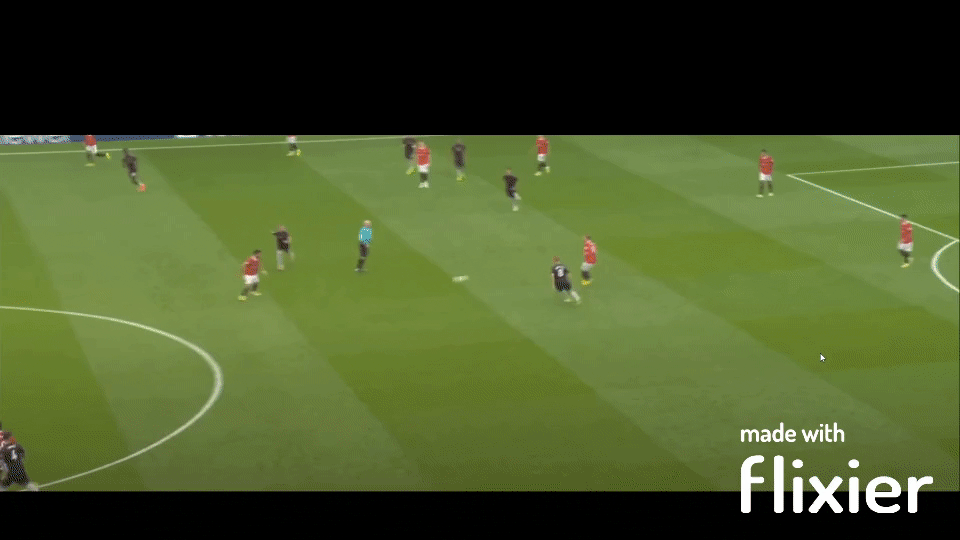
Christian Eriksen: Eriksen offers a similar pass-heavy but less intense version of the Bruno arrangement and has arguably more experience in a pivot role. His age and physicality are the main reasons he’s not top 2.
Mason Mount: Mount is also a possibility in this role, but I rate his defensive positioning and/or attacking output a little lower than the top 3.
Toby Collyer: I feel Collyer is a slightly better fit for this linker role than the holding role, but he’ll have to develop more for it.
RAM: Attacking Midfielder
Role in possession:
- Among the 2 AMs who largely play in the half-spaces on either side of the CF, one AM is usually more of a progressor or playmaker. I’m calling them the attacking midfielder
- Among the front 3, he is most likely to drop to link when needed in the build up phase
- Needs to have more traits of receiving, turning and carrying in the crowded middle of the pitch
- When facing forward, should have the drive and passing range to release other front 2 or one of the WBs
- In the attacking phase, can switch with the advancing CM or the other AM in certain rotations to take a deeper role in the narrow 4, allowing one of the others to play more as a support striker
- Forms a triangle with the same side CM and WB often for middle third progression to either release himself or the WB in space
- Can rotate wide to become the width holder at times, especially if the WB on his side is inverted and cuts inside regularly

Trincao is the best example of this role. With his ability of being able to drop deep, handle back-to-goal play and carry under pressure combined with his nature to drive forward and find passing solutions in the final third consistently, he becomes an excellent link AM who ensures the team goes from middle third to final third. He’s often found being the other 2 attackers almost like a 3-4-1-2 in some rotations.
Trincao has 16 assists and 12 goals in his last 40 starts for Sporting, which indicate the creator-heavy aspect of the role while retaining goal threat.
RAM predicted Manchester United pecking order:
- Bruno Fernandes
- Amad Diallo Traore
- Mason Mount
- Rasmus Hojlund
- Marcus Rashford
Bruno and Amad: The first 2 players I thought of are Bruno and Amad and I’d even go as far to say that Amad is probably the better fit in terms of role. He profiles very similar to Trincao and has that extra carrying agility and drive that Bruno doesn’t. But Bruno’s overall ability as a player and powerhouse creation and movement from a right-sided role puts him above in terms of playing time. But I have a hunch we will see a lot of Amad in this role when Bruno plays elsewhere (advancing CM is my guess but could be LAM too).
Mason Mount: Mount would be next best, having some traits of Amad in terms of carrying power and some of Bruno in terms of passing power, but probably not as excellent as either, especially given his recent injury issues.
Rasmus Hojlund: I’ve always felt Hojlund could make it as an attacking winger and a narrow AM role supporting the striker makes it even more plausible. If he occupies this role, I’d expect the role to change for this to become the more aggressive AM role instead. Similar logic for Rashford if he features at RAM.
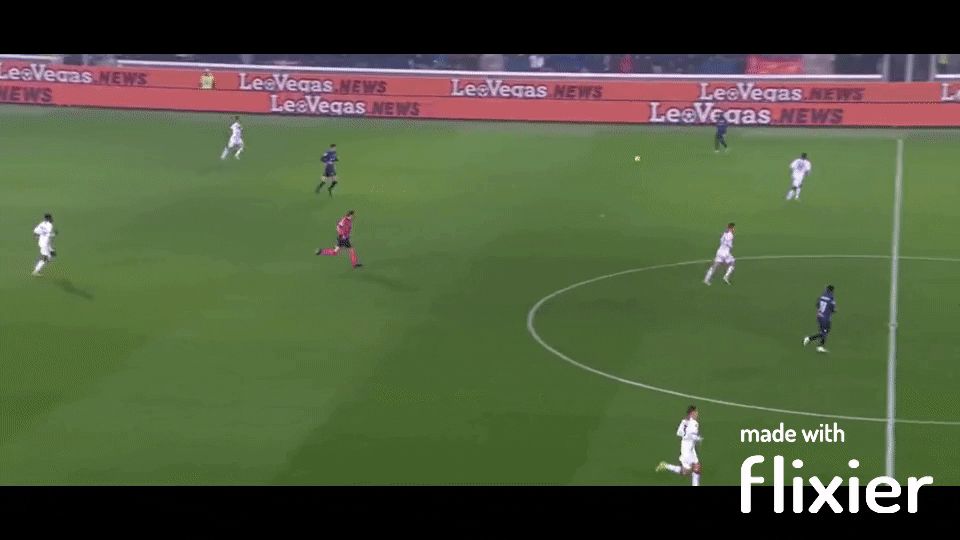
LAM: Support Striker
Role in possession:
- Among the 2 AMs who largely play in the half-spaces either side of the CF, one AM is usually more of a support attacker to the CF. I’m calling him the support striker
- Among the front 3, can often advance beside the CF to form a front 2 in build up and progression
- Often offers a double channel runner threat. Eg. CF running right channel and LAM running left channel
- Also eager to run in behind as the next biggest off-ball threat after CF. Happens when CF holds up or drops for a wall pass and LAM can run into vacated space
- In general, can find himself in pseudo-CF positions when the middle 4 rotate
- Crashes the box to get at the end of crosses or cutbacks from WBs or CMs. This player and the CF usually attack two different angles within the width of the goal (Eg. far and near post)
- Can rotate wide to become the width holder at times, especially if the WB on his side is inverted and cuts inside regularly
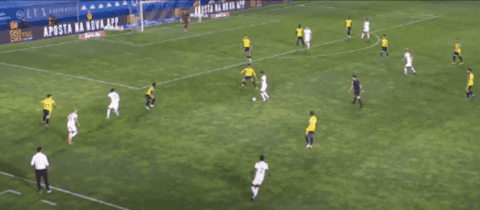
Araujo or Pedro Goncalves often play in this role while Paulinho has played it in the past. All are good examples of aggressive inside forwards who like to attack the box repeatedly or create separation to shoot. Essentially, this is your team’s second closest player to goal and ideally second highest shot taker.
Pedro Goncalves has played LAM most this year and is averaging 5 shots per 90 (more than Gyokeres!) which goes to show how attacking this role can get.
LAM predicted Manchester United pecking order:
- Marcus Rashford
- Alejandro Garnacho
- Joshua Zirkzee
- Bruno Fernandes
- Mason Mount
Marcus Rashford: Rashford is the first name that comes to my mind for a support striker role and I think he’d be a great fit here. He has the perfect mix of off-ball movement, ball-striking and dribbling to create separation for shot/cutback from left-sided narrow areas.
I wrote about how to get the best out of Rashford here, and those combinations he thrives off and runs he can make make a lot of sense for Amorim’s LAM.
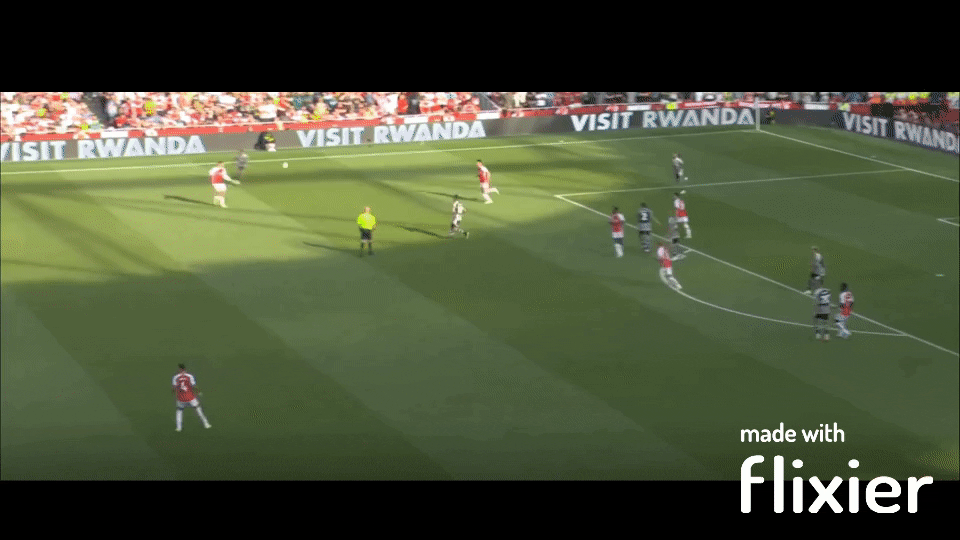
Alejandro Garnacho: After Rashford, it gets a little tricky. I think the player closest to replicating what Rashford does is Garnacho, although he is more carry-heavy and needs to improve ball-striking. But his flair and movement are good fits.
Joshua Zirkzee: I think Zirkzee has a chance to feature in an AM role that gives him the best of both worlds – some passing and link up play in deeper/wider zones but also the opportunity to get into the box and score. I think it could be a good fix for his “9.5” tendencies and get goals out of him without the burden of being the goal machine of the team.
CF: Line Leader
Role in possession:
- I call him the line leader because that’s literally what he does all the time
- The team’s biggest run-behind threat, he is constantly offering runs as an outlet to most of the team’s final balls
- But also shows great physical strength to hold off CBs and win duels and second balls when the team goes direct to him (happens more in tough games)
- A big trait is channel running – often peels away between opponent CB and FB to receive through balls down the channel or even wing and then hold up or cutback
- Displays powerful carrying when there is space behind defence line and he has to dribble to goal before shot
- Quick to attack the box especially near post when ball goes wide in a bid to meet a first time cross or cutback before the defence can react
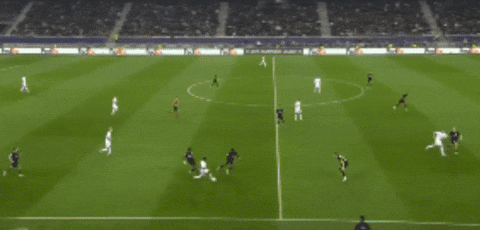
If you haven’t heard of Viktor Gyokeres by now, you’re living under a rock. He is the epitome of the CF Amorim likes and in general of the style of play that defines Amorim. Fast, strong and a constant runner – whether it’s in-behind, in channels or even on wings. Gyokeres’ goal catalog almost looks irritatingly consistent – either running behind to finish quickly or carrying in space to get 1v1 and finish or meeting a cross from a WB before anyone else can react. But his outball work when the team struggles and he has to control and lay-off the ball to his AMs is also exemplary.
Gyokeres has 55 goals in his last 55 starts for Sporting. Need I say more?
CF predicted Manchester United pecking order:
- Rasmus Hojlund
- Marcus Rashford
- Joshua Zirkzee
- Bruno Fernandes
- Alejandro Garnacho
Rasmus Hojlund: I can’t think beyond Hojlund for this one. He ticks a lot of the boxes for the role. While his Man Utd stint hasn’t shown enough of his off-ball movement, carrying into space and poaching IQ, thanks to poor platforming of his profile, his Atalanta stint showed a lot of those traits. He’s also been improving in his hold-up and passing play.
I analyzed Hojlund’s Atalanta days here and called him an elite mover and poacher at the time. I’m expecting a return to that kind of gameplay.
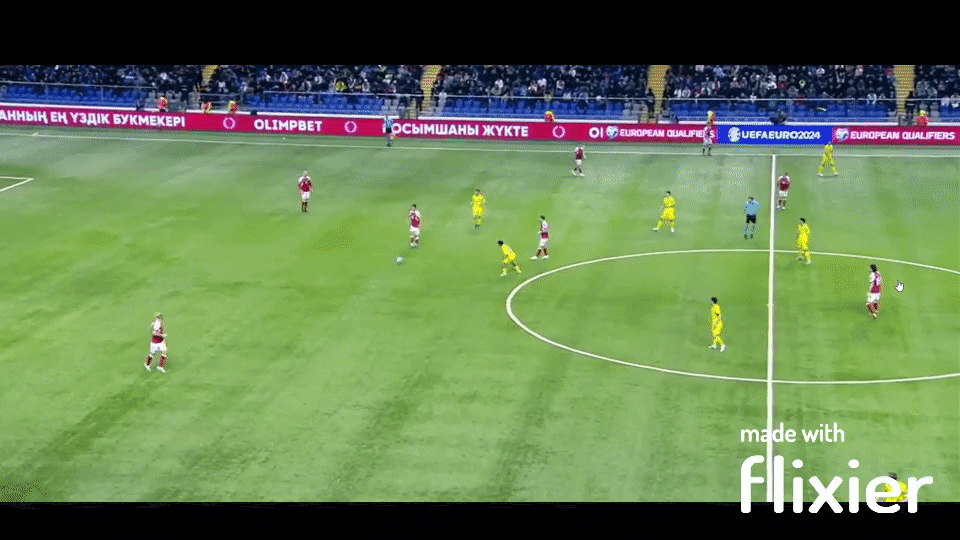
Marcus Rashford: Rashford also feels like a good fit thanks to his movement, carrying and ball-striking. His back-to-goal play and combativeness in central areas are the only issues for the role, but we have seen him nail a poacher CF role before. I think it could be great when there’s space behind the opponent to exploit.
Joshua Zirkzee: While many might feel Zirkzee doesn’t profile like Gyokeres at all (and that’s true), it has to be said that pre-Gyokeres, Amorim deployed many players at CF like Pedro Goncalves, Marcus Edwards and Paulinho who weren’t powerhouse poachers and relied on a lot of link play, passing and carrying before entering the box. Such a role could be tried with Zirkzee. Imagine him dropping deep to link play as the likes of Rashford or Hojlund or even Bruno run off him from the AM slots – could work!
Finally, I’ve put Bruno and Garnacho as other players who come close to displaying the movement and goal threat to recreate the CF role, but I doubt we’ll see them much here.
Squad planner summary and potential transfers
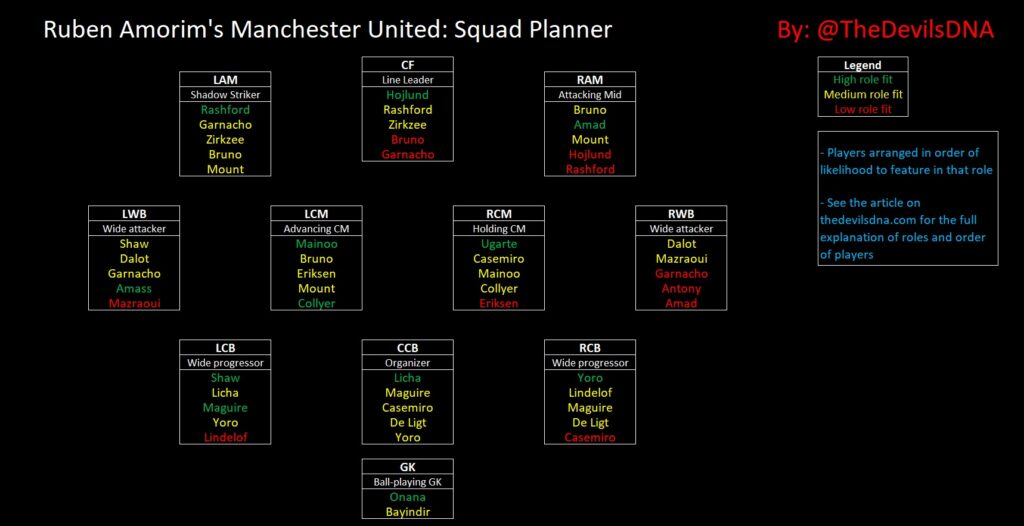
So, that’s how our entire exercise looks so far.
Possible team-wide dynamics:
- I think at the back I’m largely split between Licha LCB and CCB. We might see former with a conservative CCB if Amorim decides to keep it simple and defence-first, but we might see latter with a fullback-ish LCB (like Shaw) or inverted LCB (like Maguire or Yoro) if he wants to dominate possession and attempt expansive build up patterns
- Similarly, for WBs the safe approach would just be to put fullbacks on either side (if Shaw is injured, more Dalot-Mazraoui) but my instinct tells me Amorim would want more verticality than that. Garnacho or even Dalot in a more expressive inverted role is a good bet to make.
- While the holding CM is a safe play with one of the DMs, we could see some surprises for the advanced CM. I think we’ll see Bruno a few times here even when Mainoo or Eriksen feature, expect aggressive play. Highly doubt see Ugarte-Casemiro here like Ruud preferred during interim stint.
- For the front 3, I think assuming Rashford and Bruno feature heavily is logical but I think we could see a lot of Amad when either of the former move outside the AM roles
This leads us to a few players I don’t see being top choices in any position. I think their futures could be up for debate.
Potential losers in Amorim’s system:
- De Ligt doesn’t feel progressive and mobile enough to be the agile build up CB Amorim likes. He might have some solace as a limited CCB especially for this season, but I’m not sure about his long-term fit
- Mount doesn’t appear in the top 2 options anywhere and his injury issues aren’t helping matters. If he remains fit and starts giving output to rival his competitors for the AM slot, he could make it there. But these are big ifs today.
- Zirkzee also feels like an odd fit both for the CF and AM roles. The 9.5 jokes really came home to roost coz we need a 9 or a 10, not a 9.5. But I think he’ll get chances and time.
- And the biggest issue – Wingbacks! There’s probably no nailed on WB starter in the team. Dalot, Malacia and Mazraoui are better as fullbacks, Shaw’s fitness and intensity are doubts while the likes of Garnacho are an experiment at best.
This brings us to my last and most speculative section – transfers Amorim might require if everything plays out the way I think.
Potential transfer targets in future:
- LWB: Can’t see beyond this as the first priority. Some names I have in mind currently are Ait-Nouri, Patrick Dorgu and Nuno Taveres
- RWB: Won’t be surprised if both WBs come from the market soon. I like the idea of Vanderson a lot (great fit plus not playing much since Hutter shifted to back 4)
- CM: Think we are missing a controller or deep playmaker type profile in that pivot for a very long time. Angelo Stiller, Adam Wharton, Caqueret come to mind
- CB: Maybe not short-term but with none of De Ligt, Lindelof and Maguire being nailed-on long-term, we might have to dip in for a well-rounded progressive CB. Some names I can think of are Wilfried Singo, Castello Lukeba and Todibo
Conclusion
If you read this far, a big THANK YOU from my side. I know it was a long piece but having watched Sporting more than 40 times in the last 3 years, I wanted to put in as many details and insights as I could, especially into the description of the roles and patterns. Hope you’re looking forward to Amorim as much as I am.
Follow me on twitter here. That’s where I always am. Follows and RTs there are appreciated.
Here are other sources of analysis on Amorim’s Sporting you can check out:
- I’m a regular on GetFootball’s Tactics podcast. Last year we discussed Amorim’s Sporting tactics here. And recently we discussed how he might line up with United here.
- Invertedwinger’s 3 part article series on Amorim’s Sporting here.
- Jack Fawcett’s thread on their pressing structure here.
Credits:
- Getty images for images
- fbref.com for stats
- Tacticalista for tactical diagrams

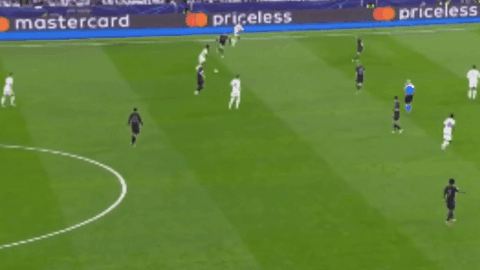
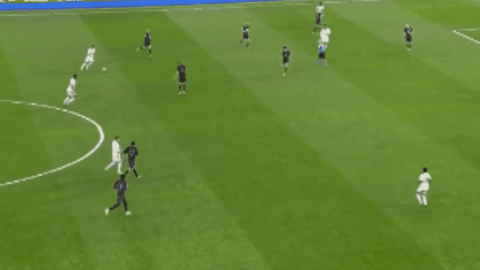
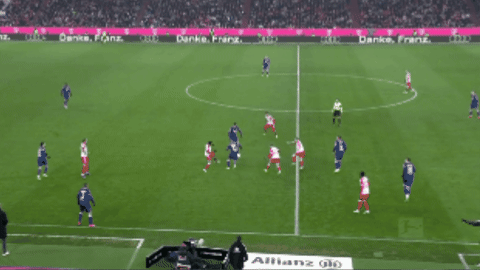
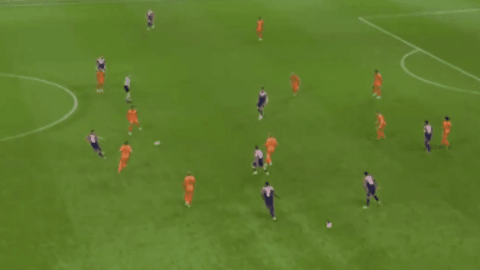

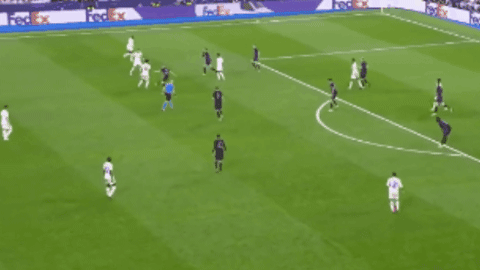
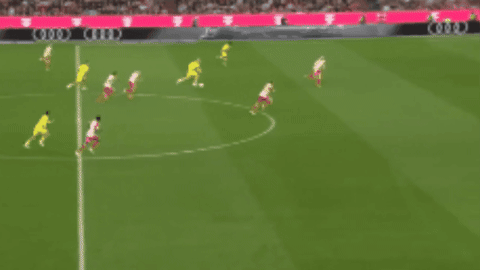
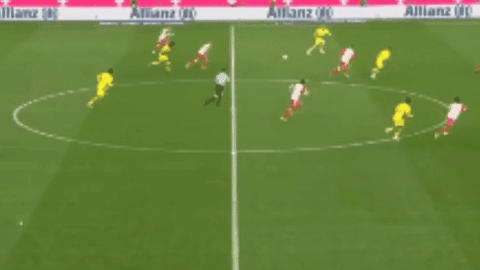
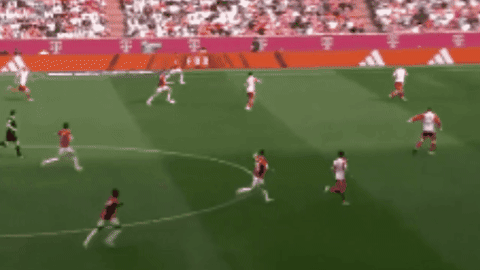
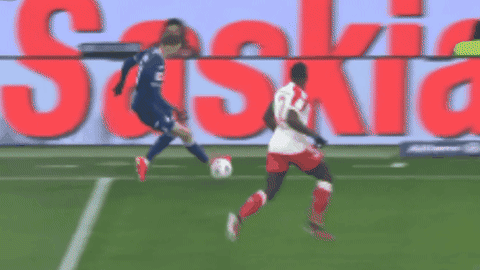
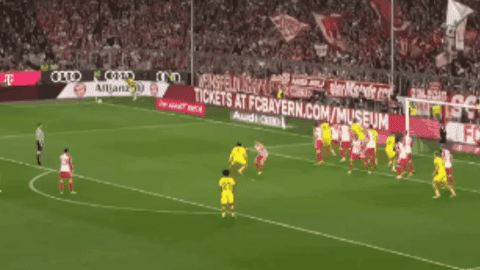
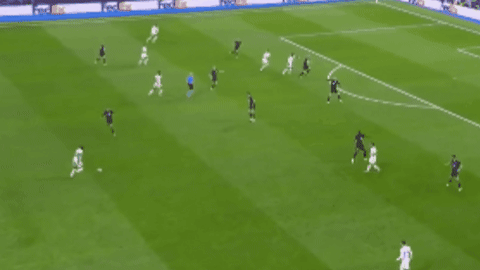
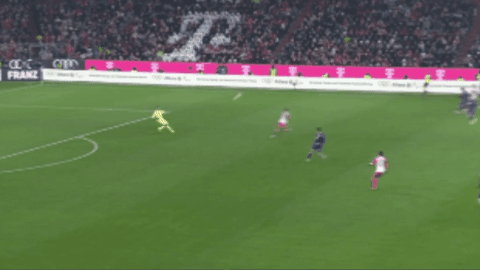

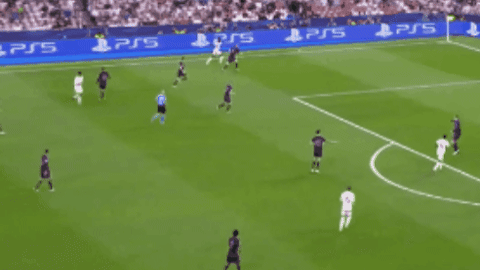
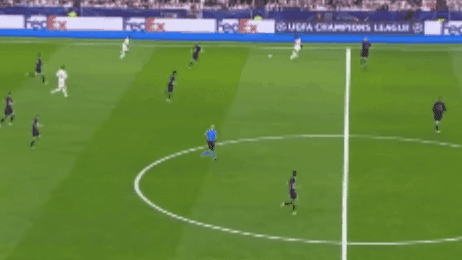
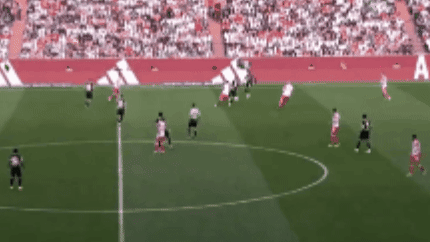
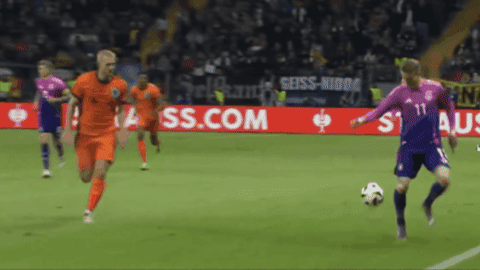
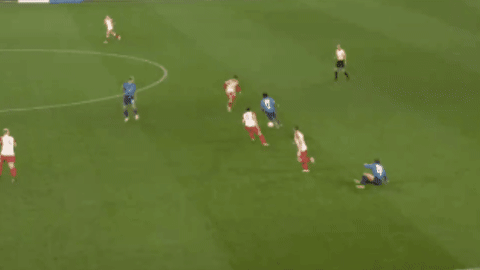
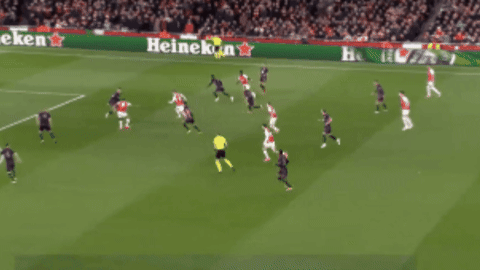
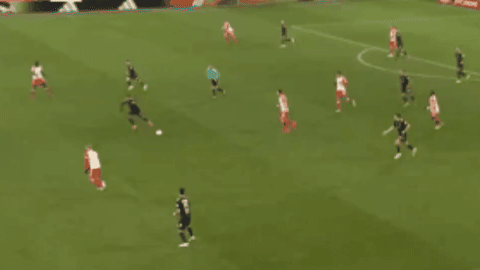
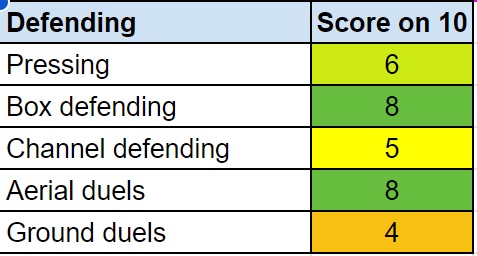
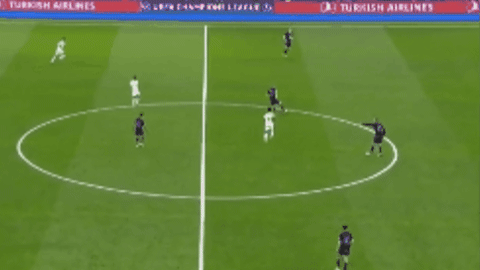
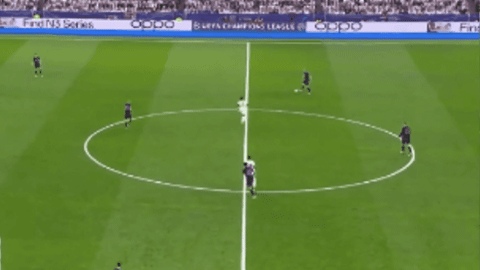
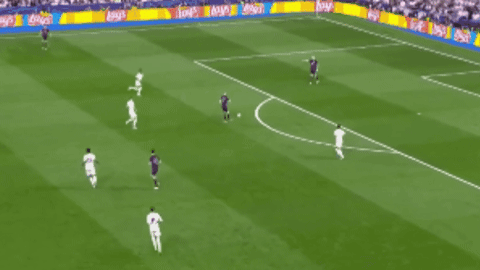
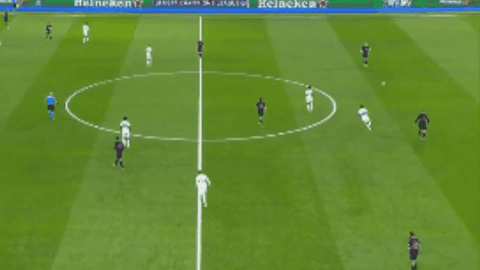
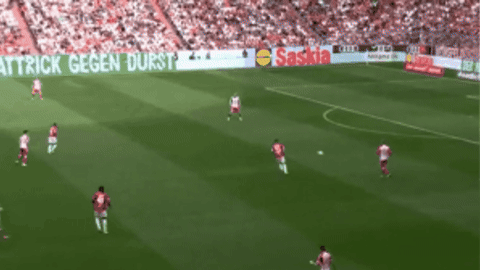
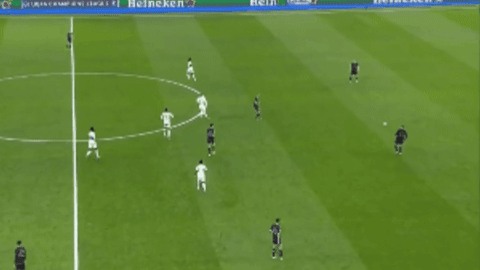
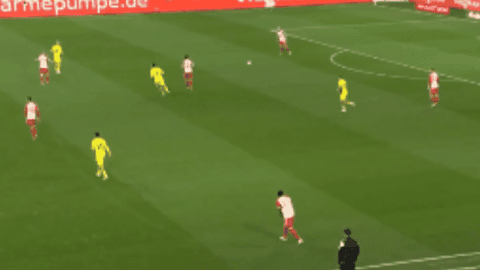

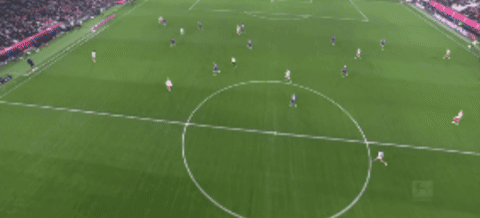

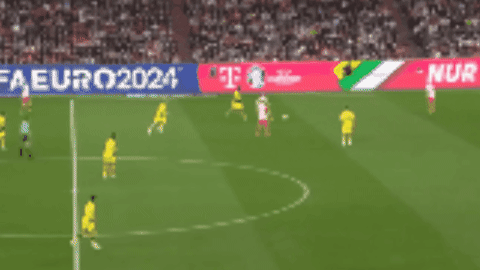
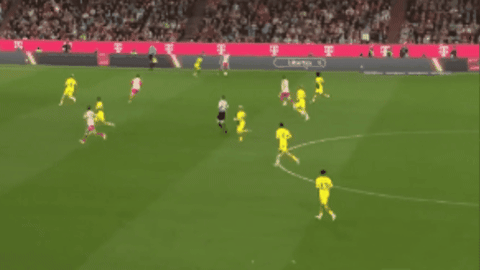
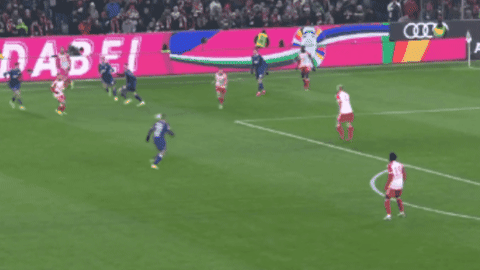
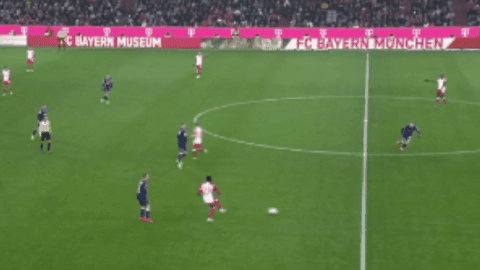

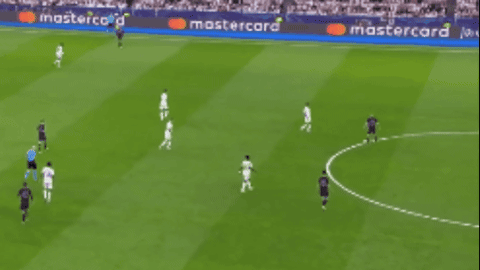
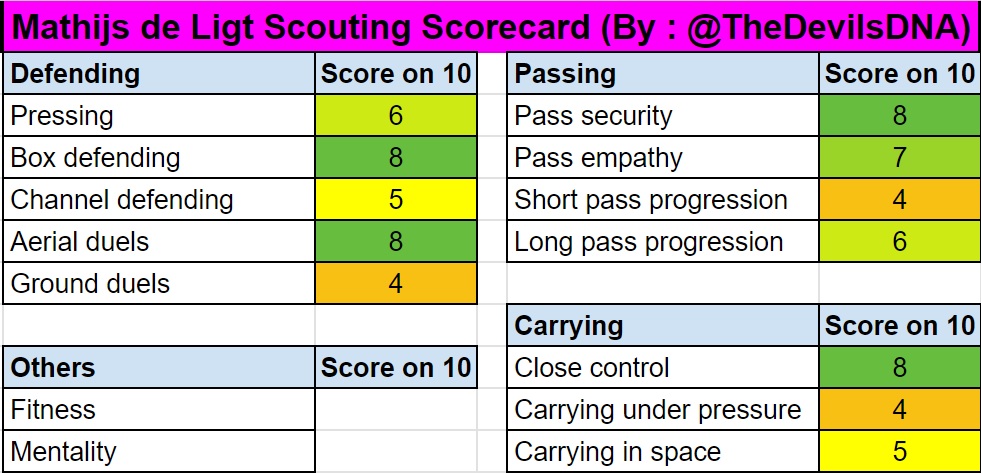

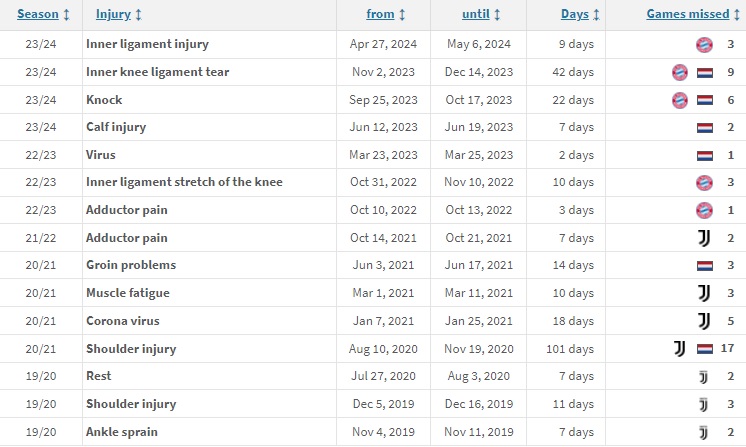

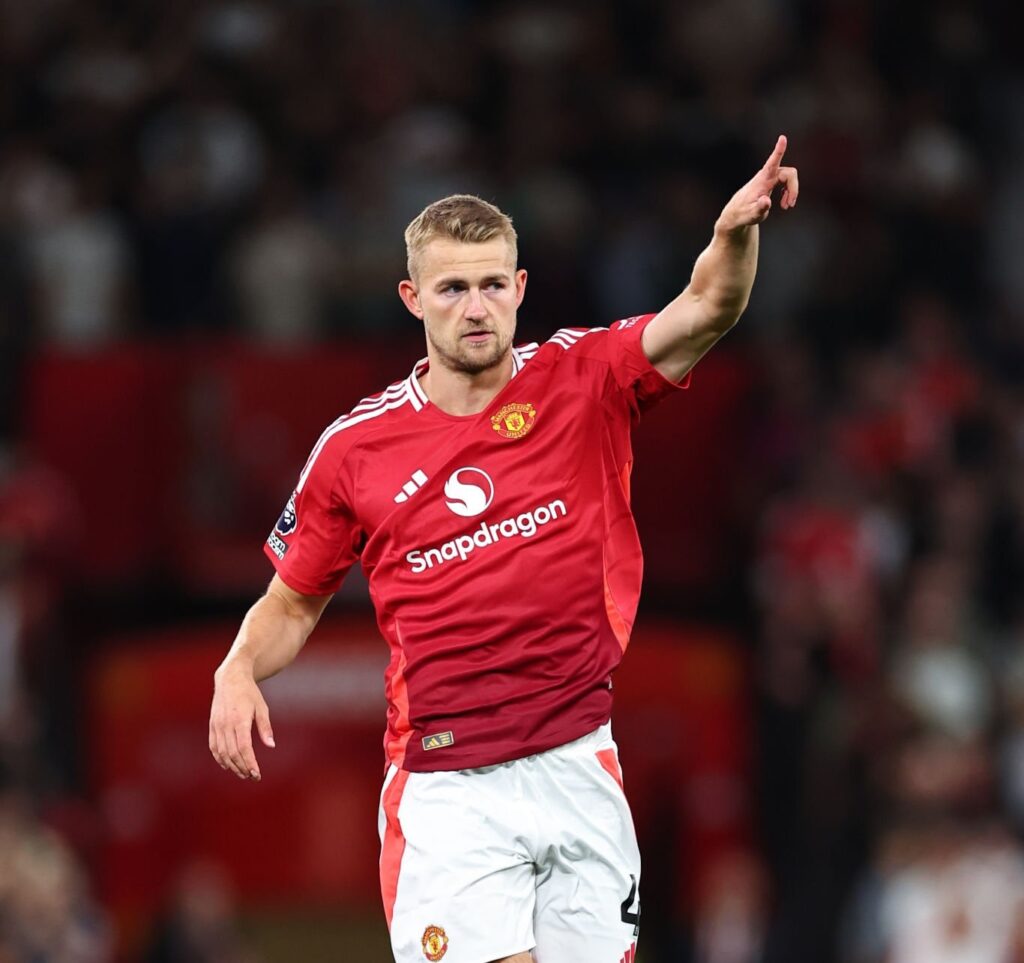
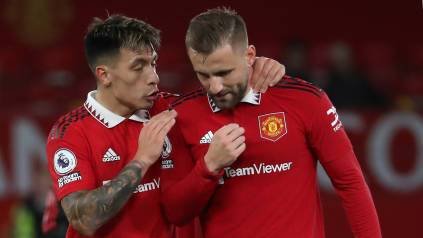
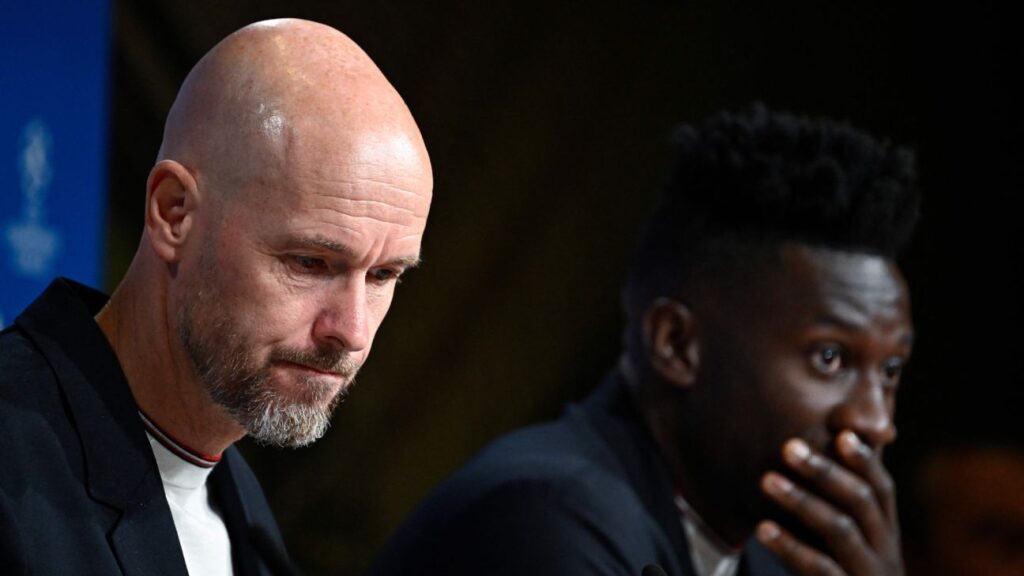
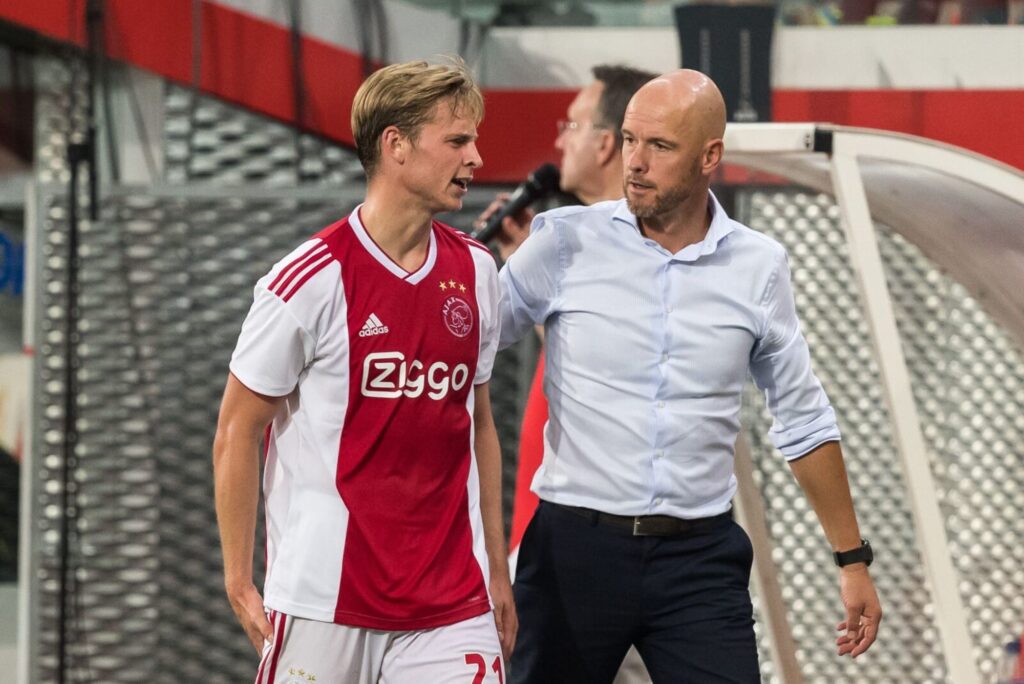
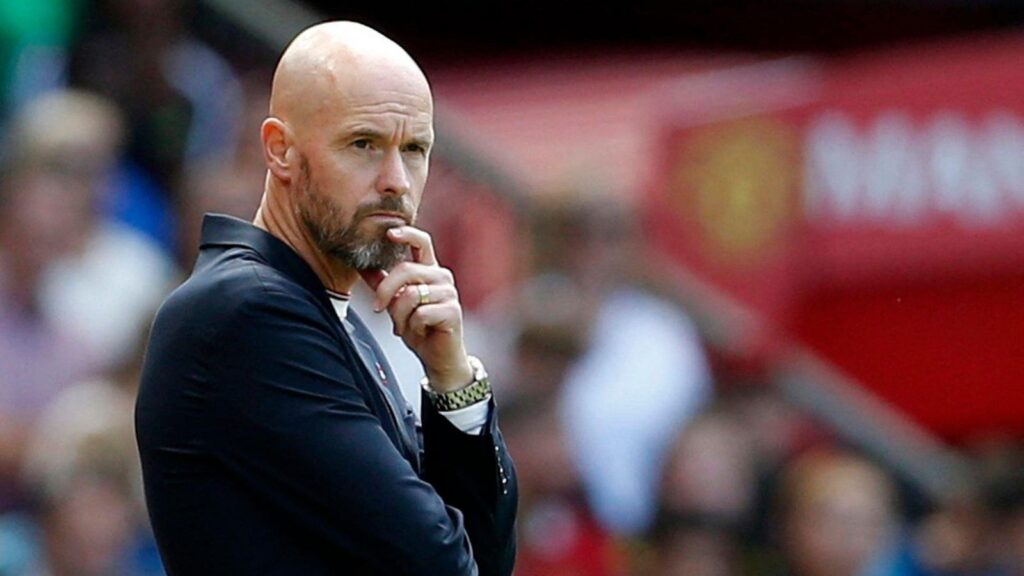


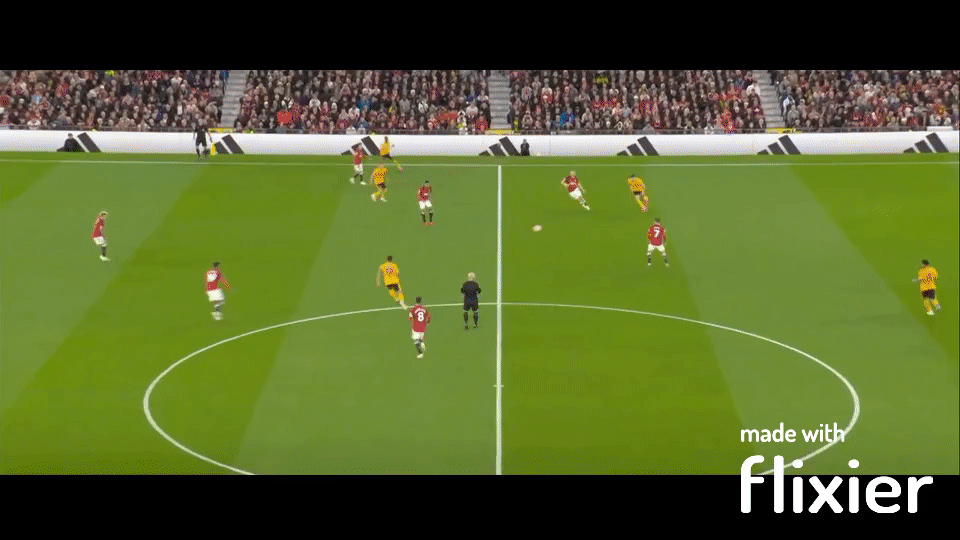

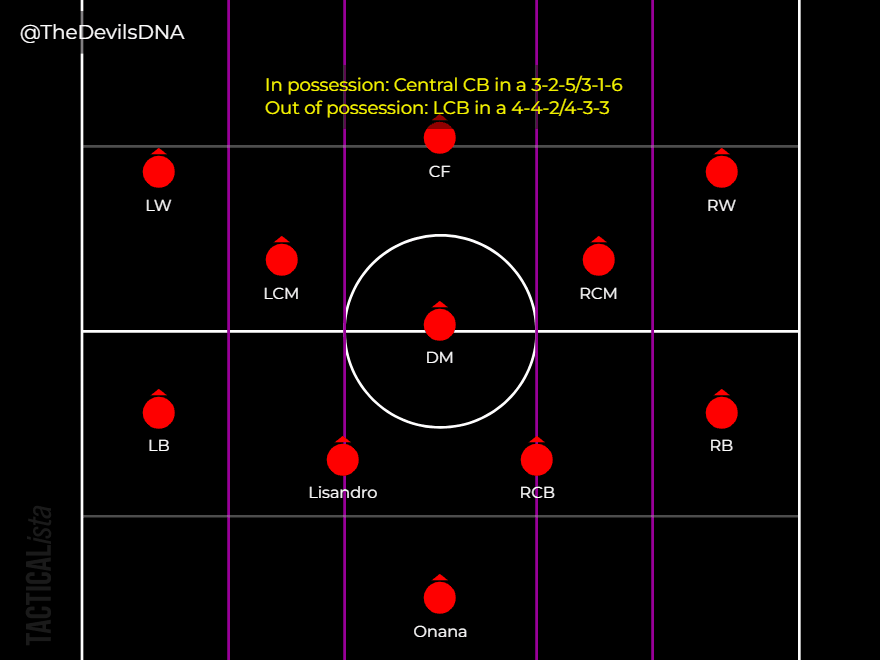

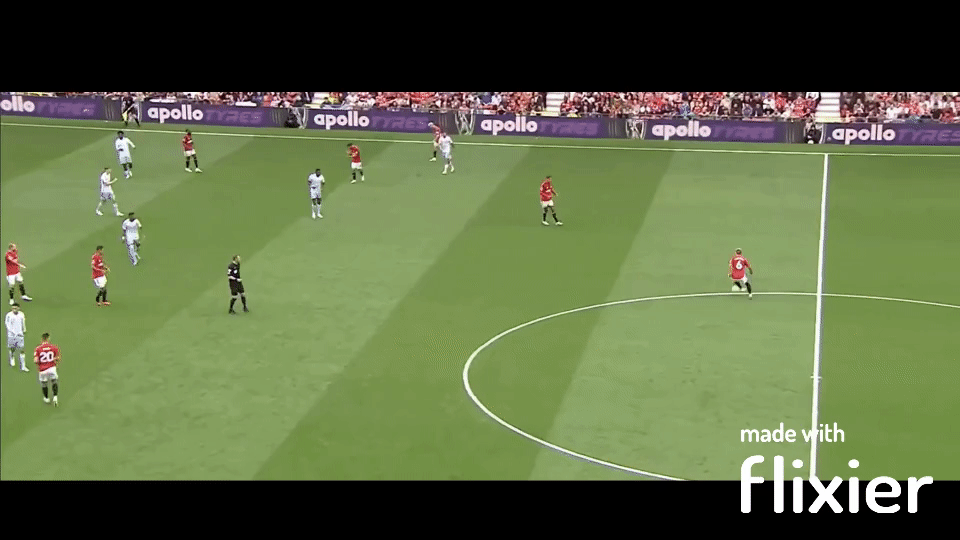
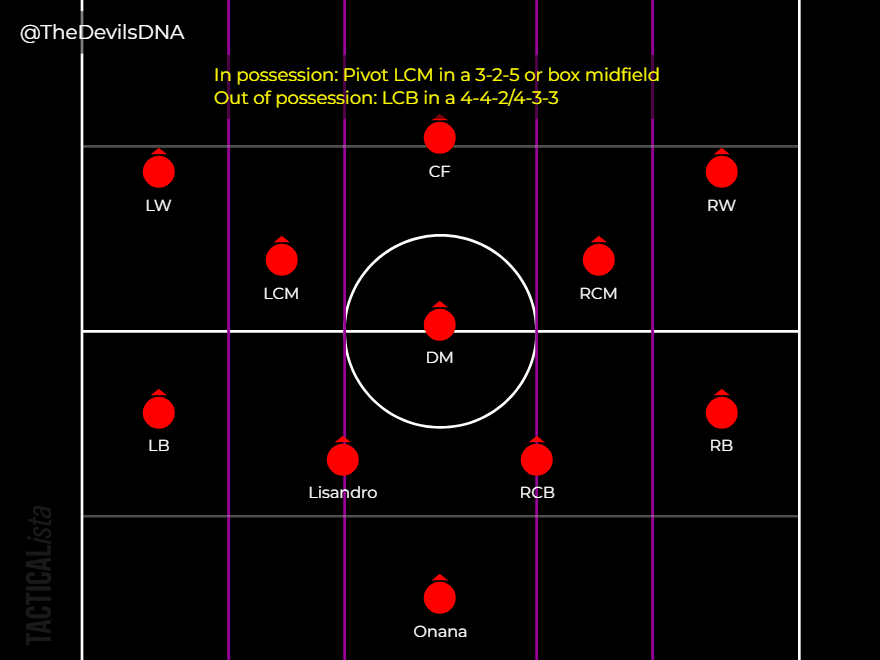
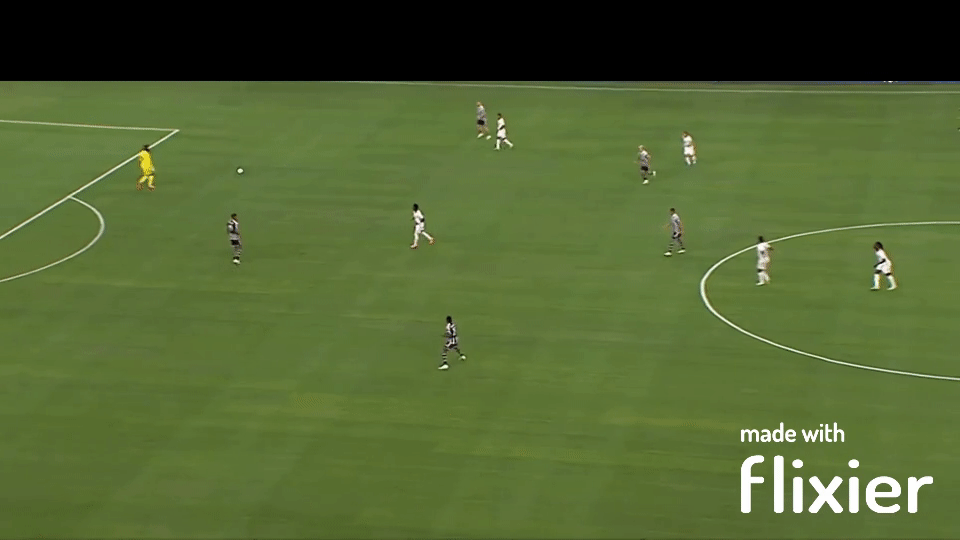
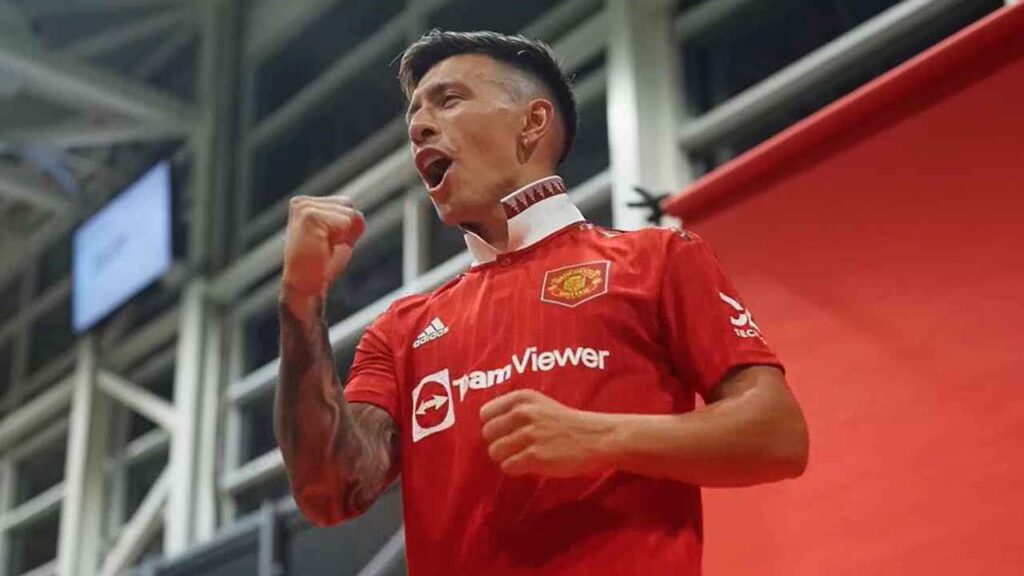
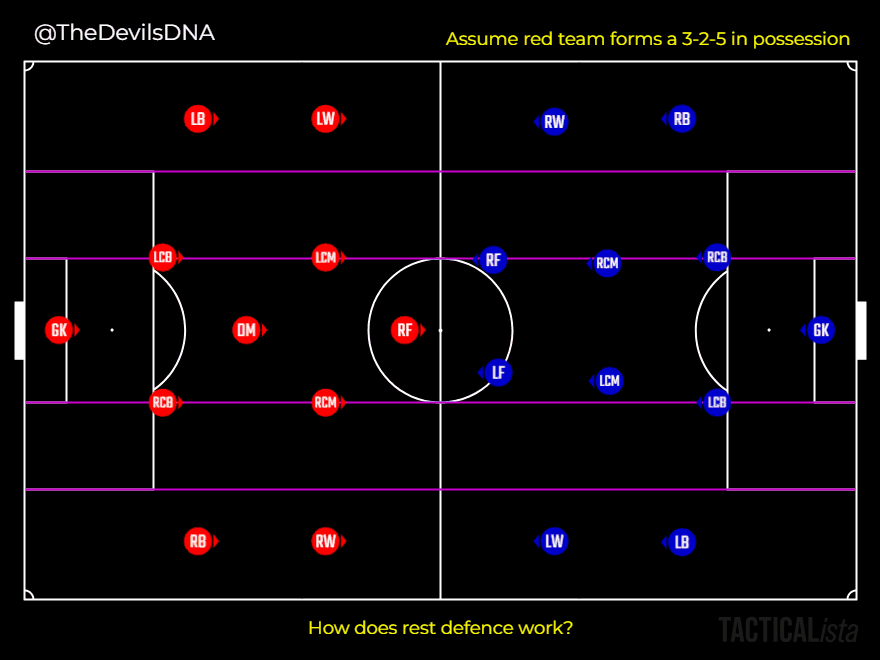
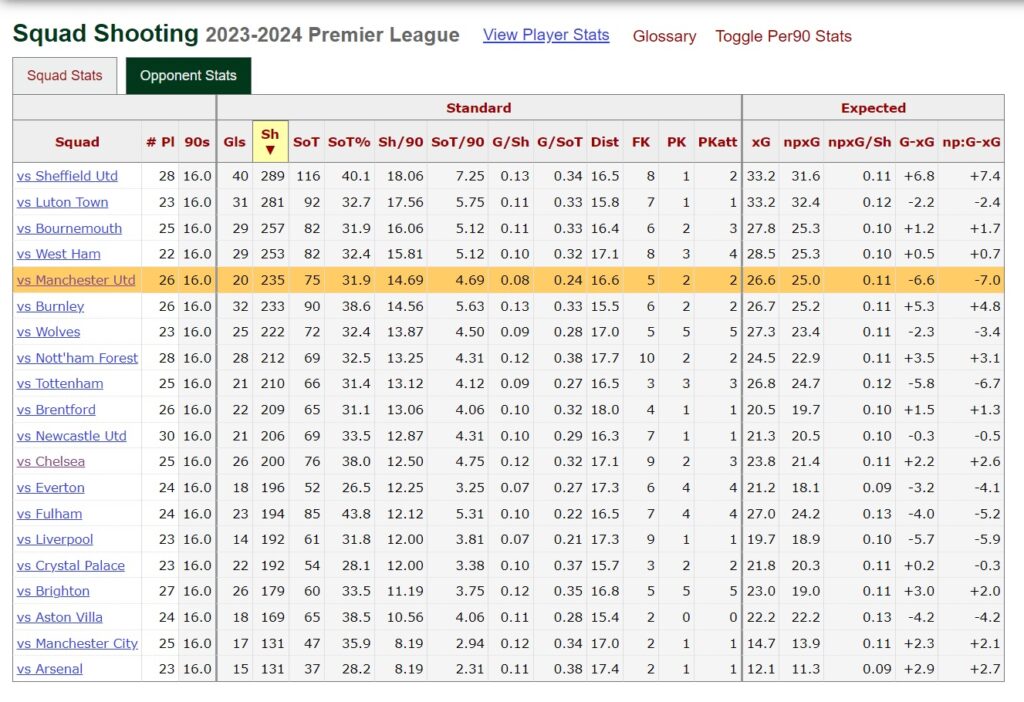
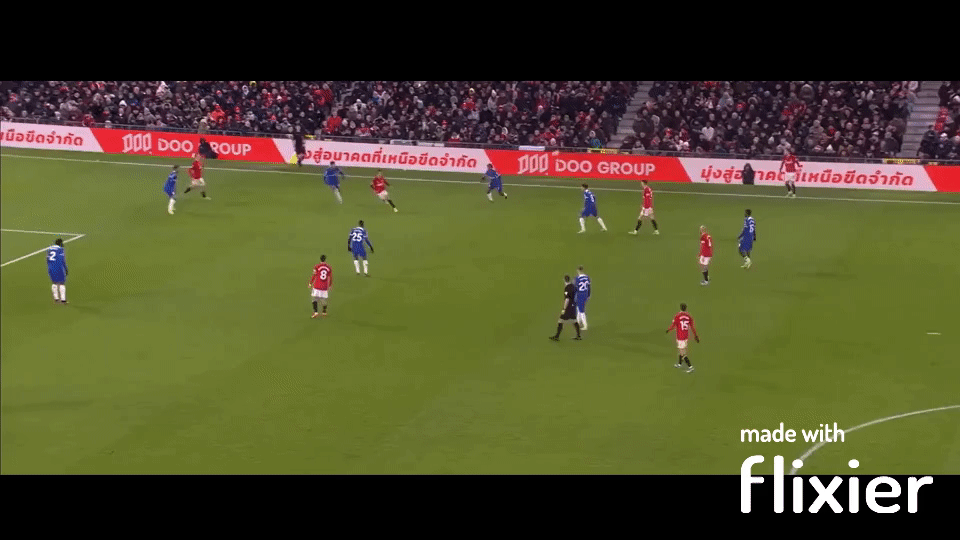
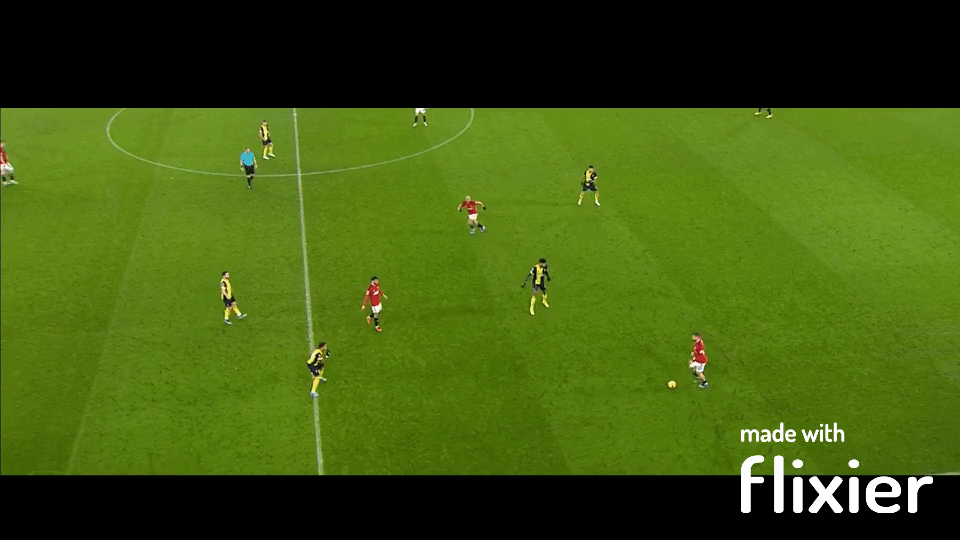
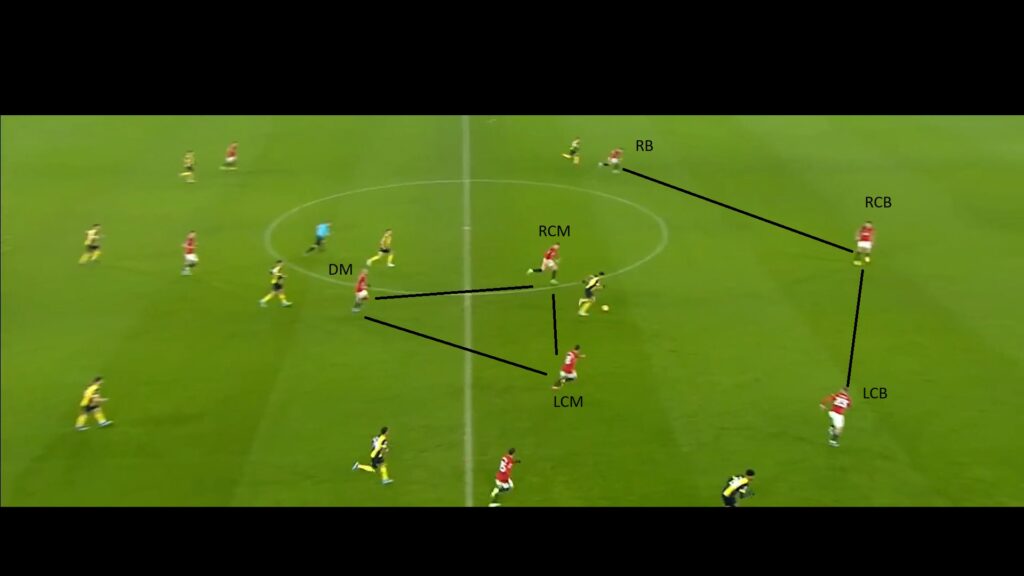

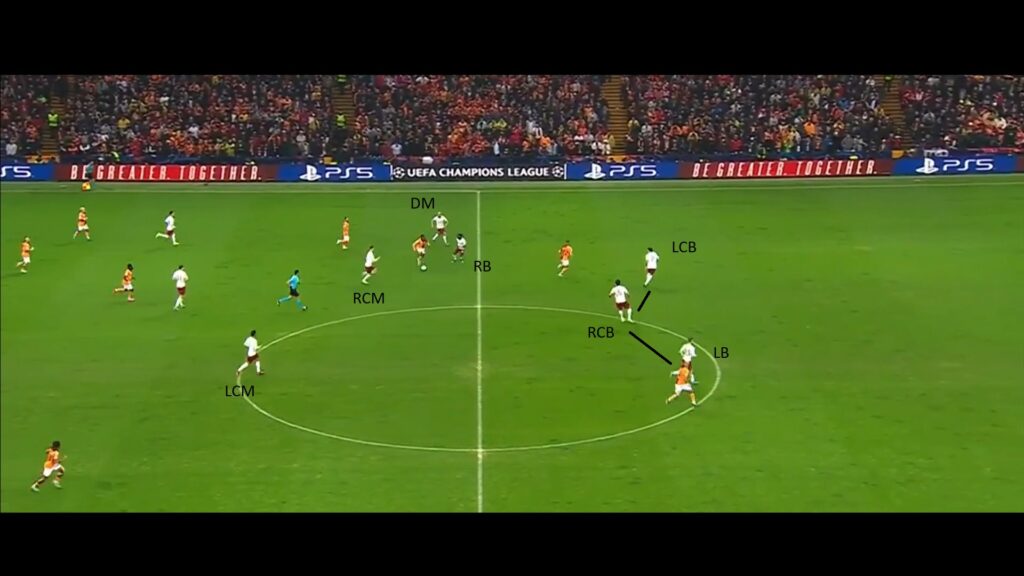

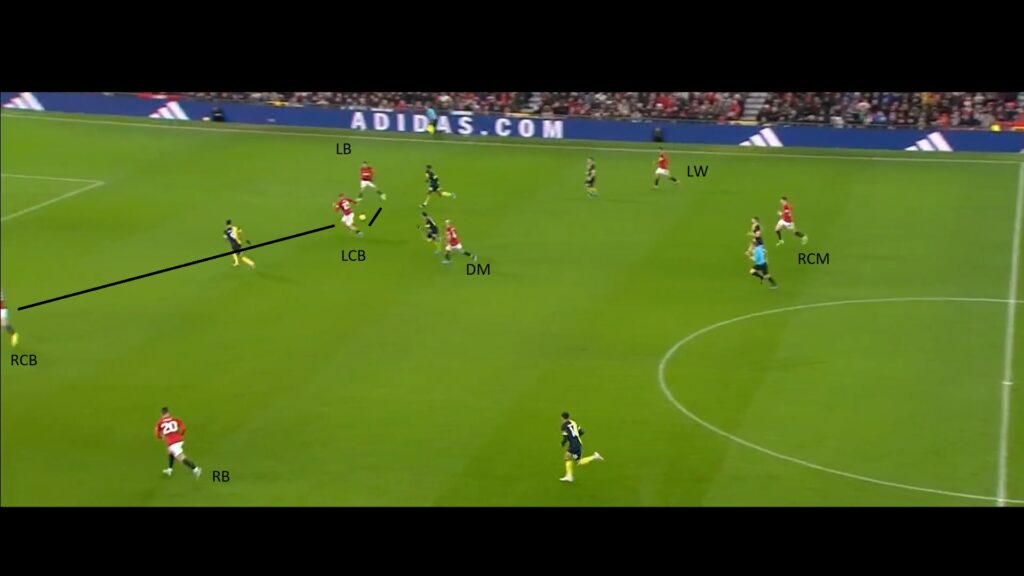
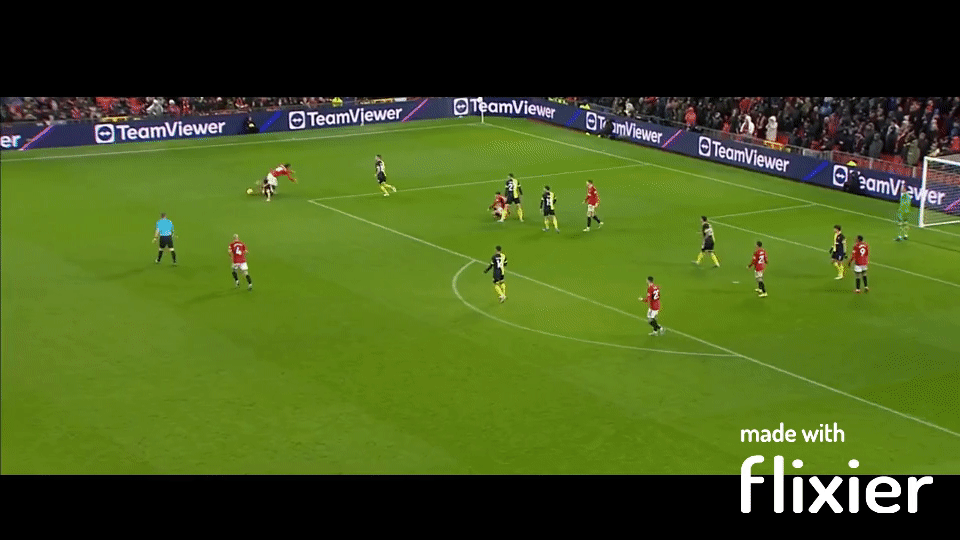
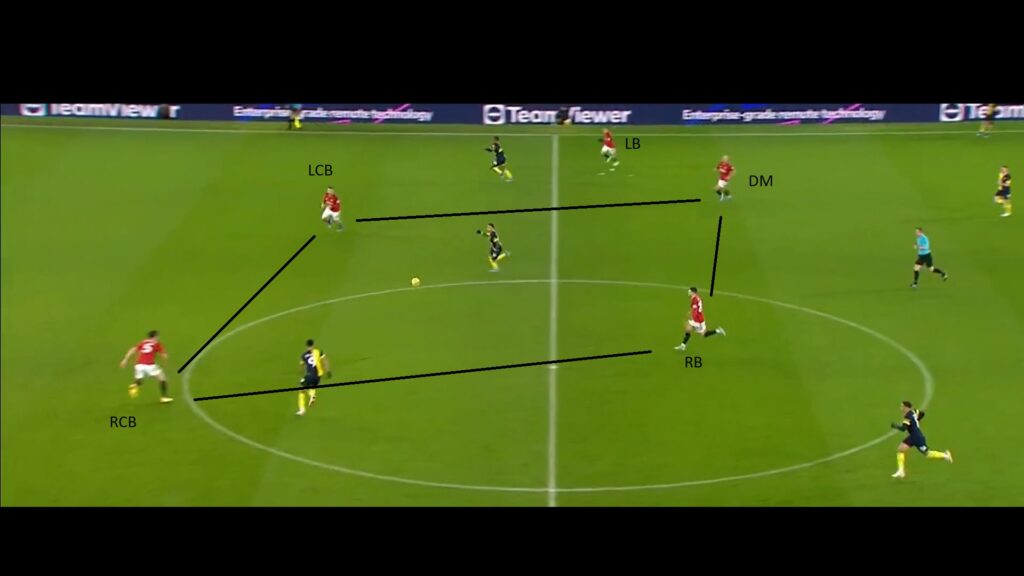

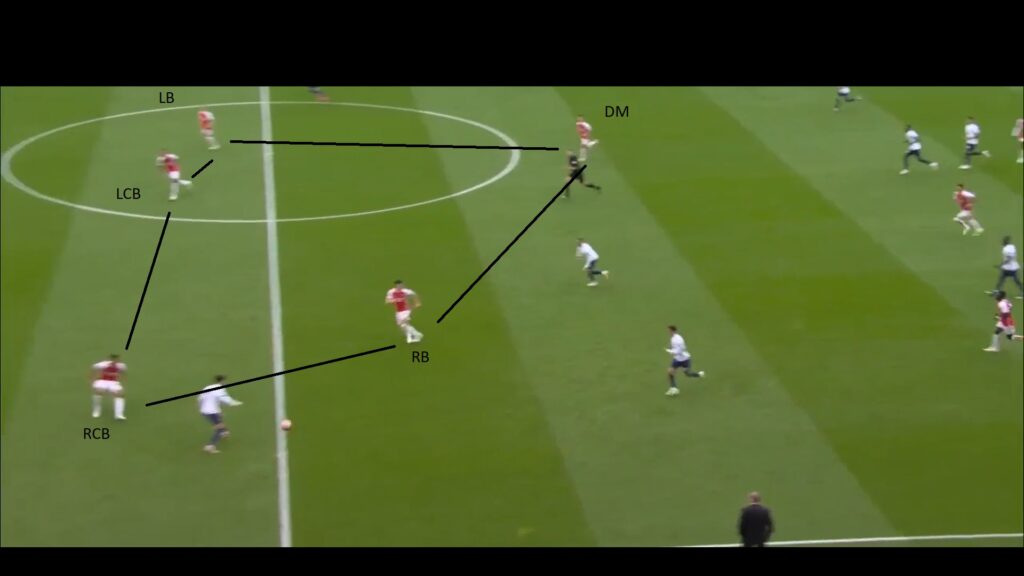
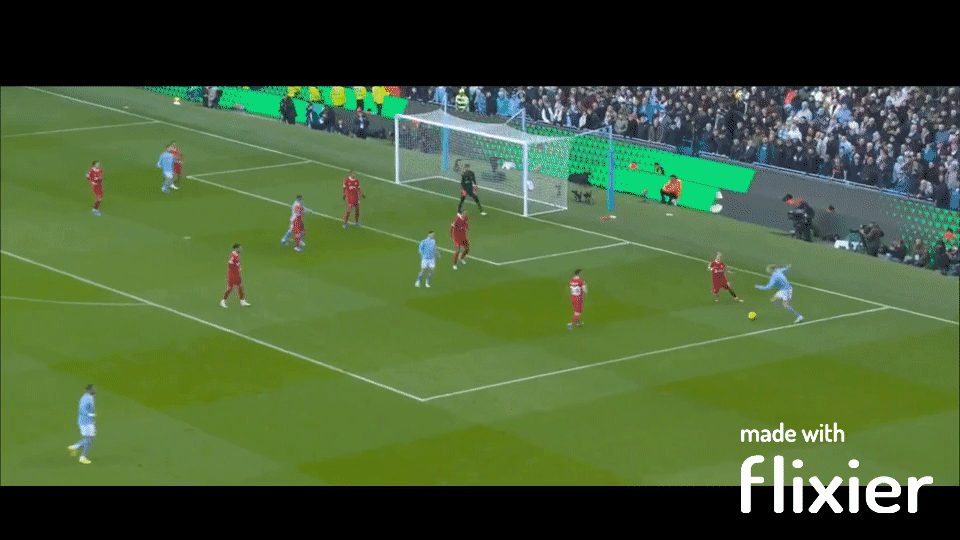
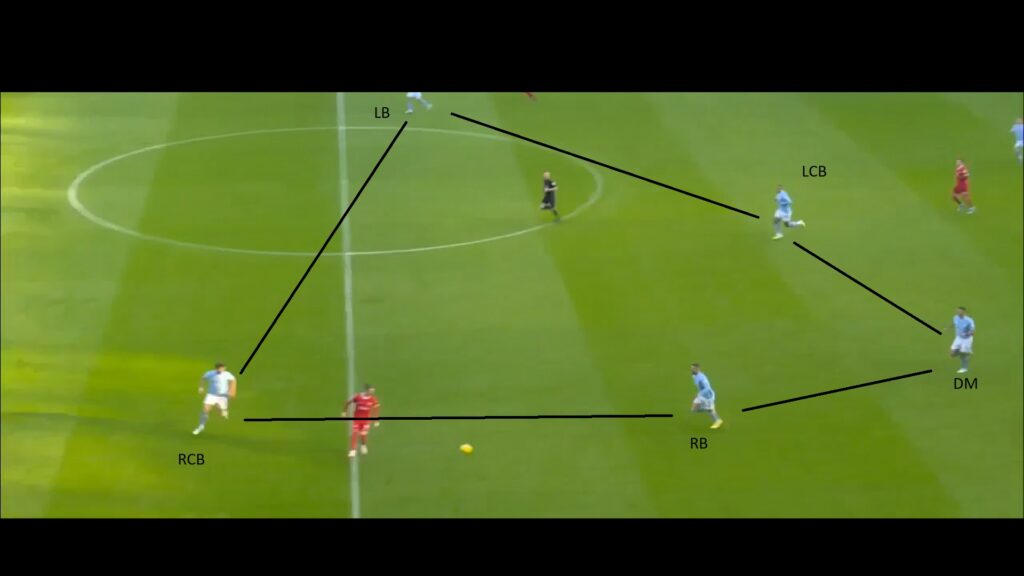
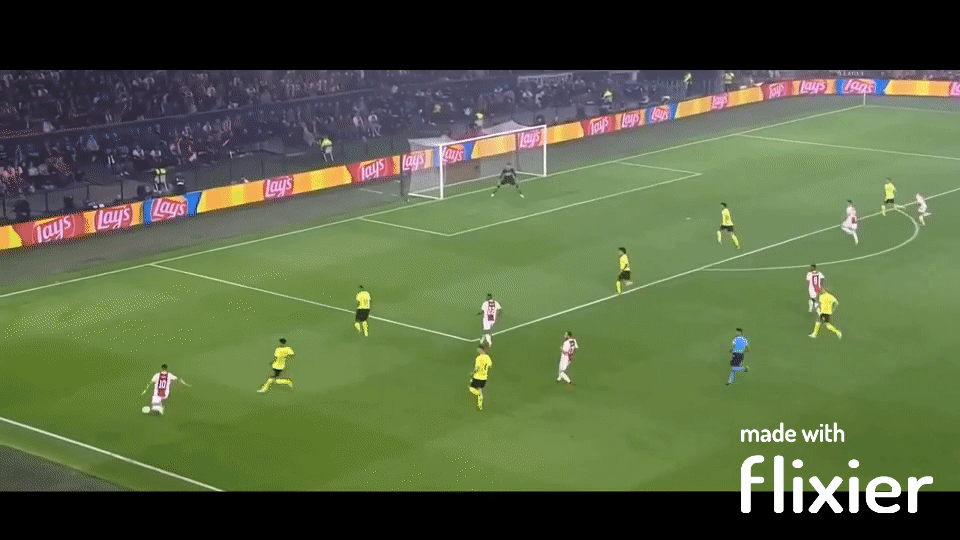
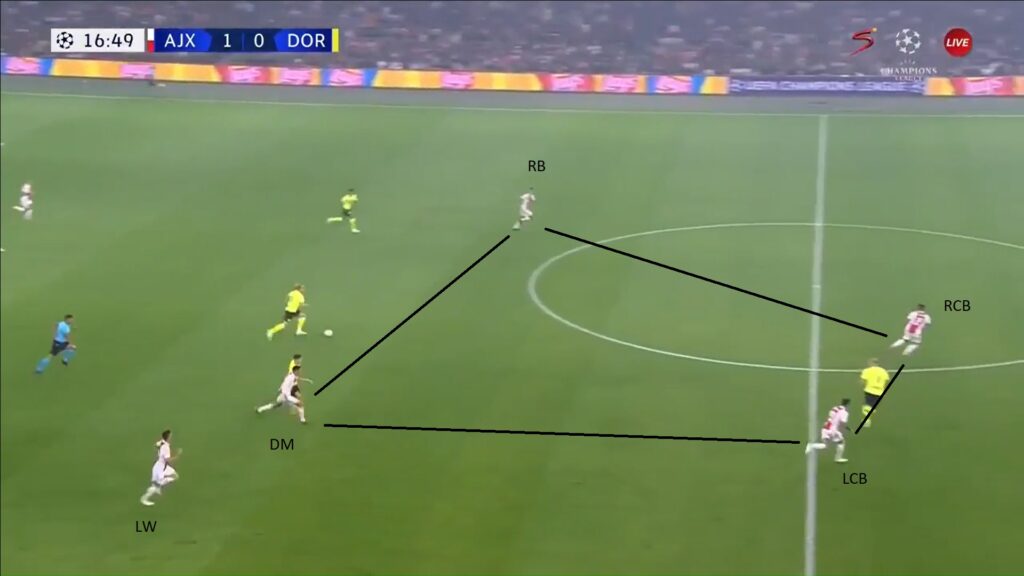
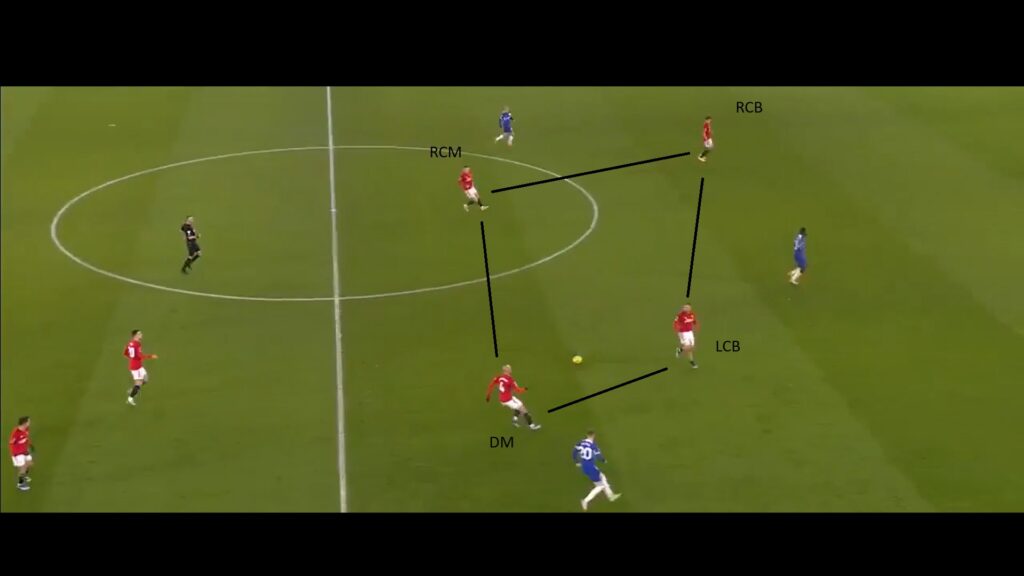


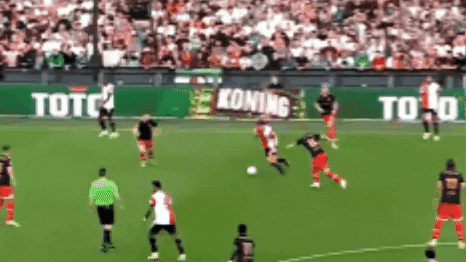
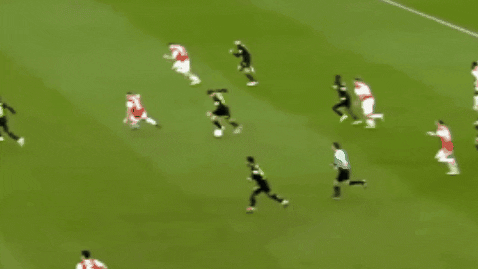
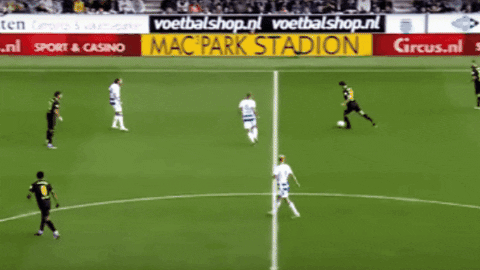
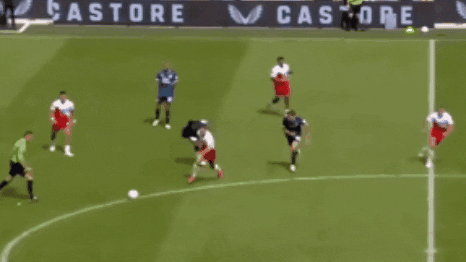


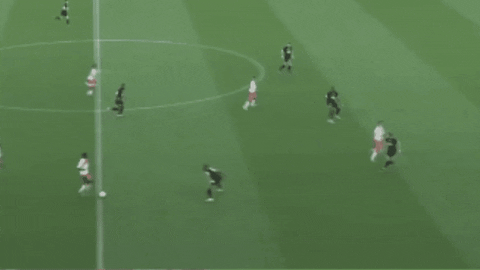
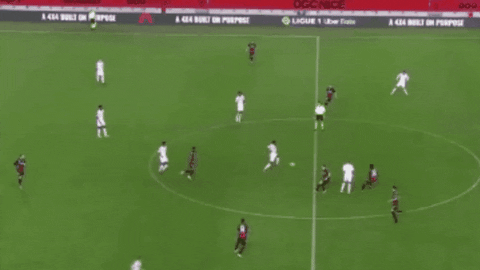
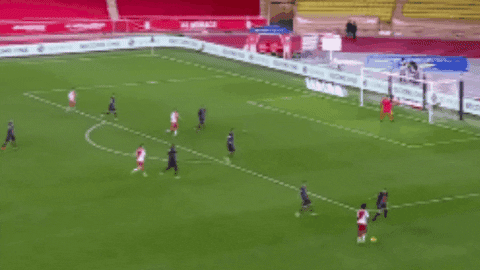

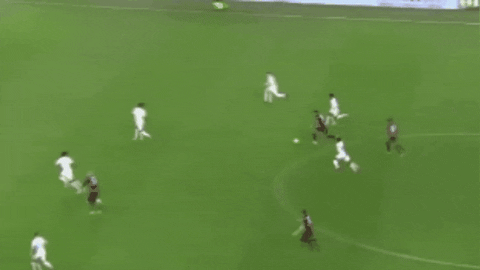

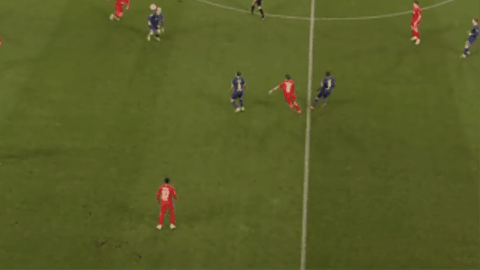
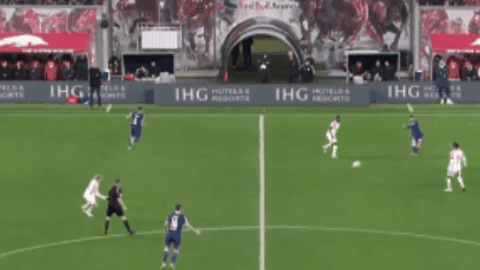
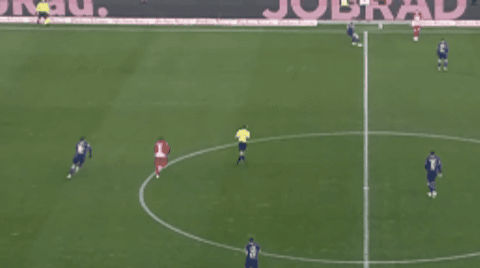
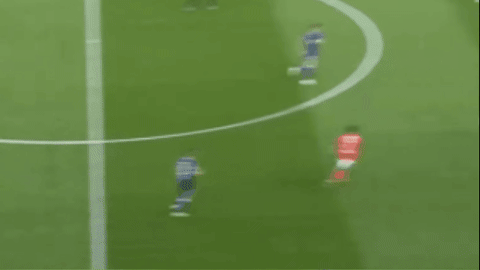
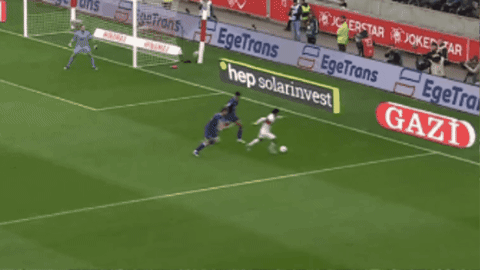



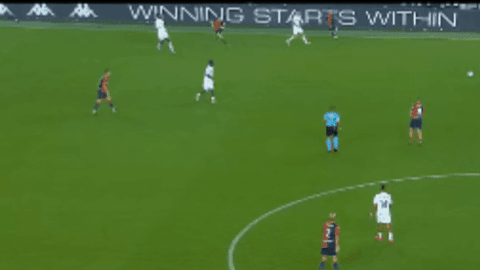
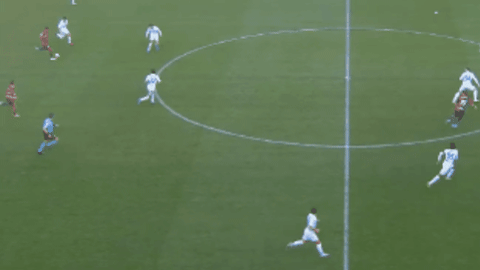


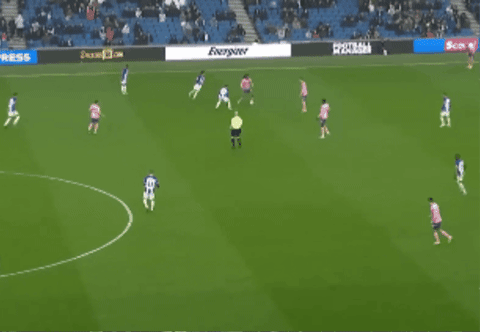
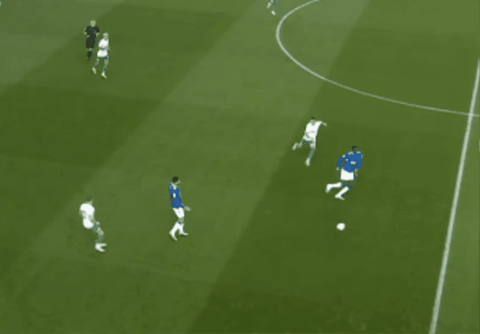
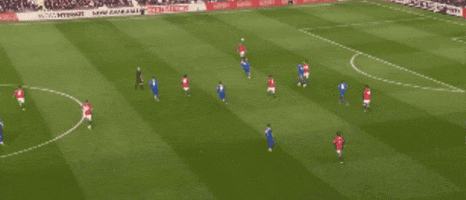
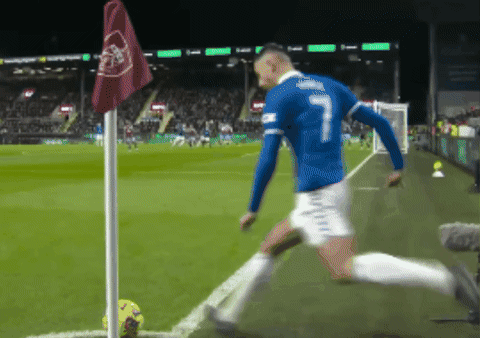
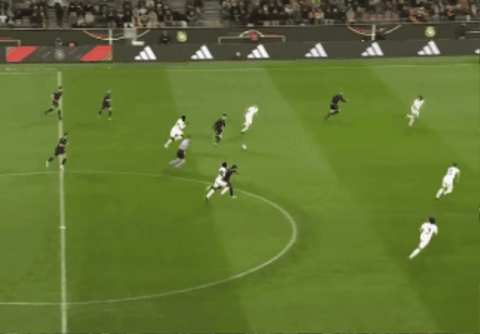








Recent Comments